
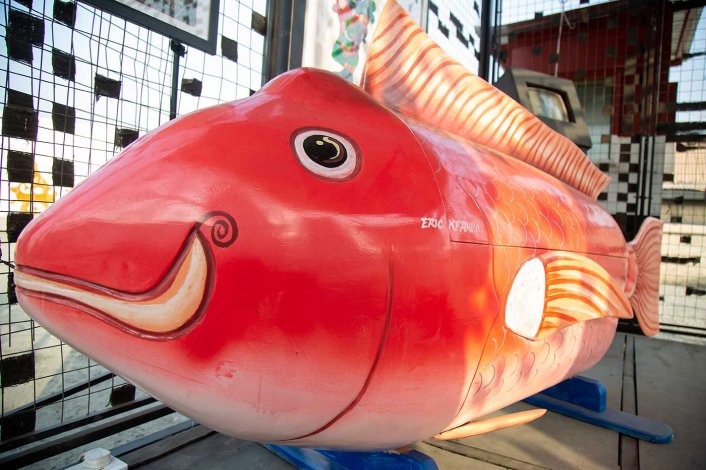
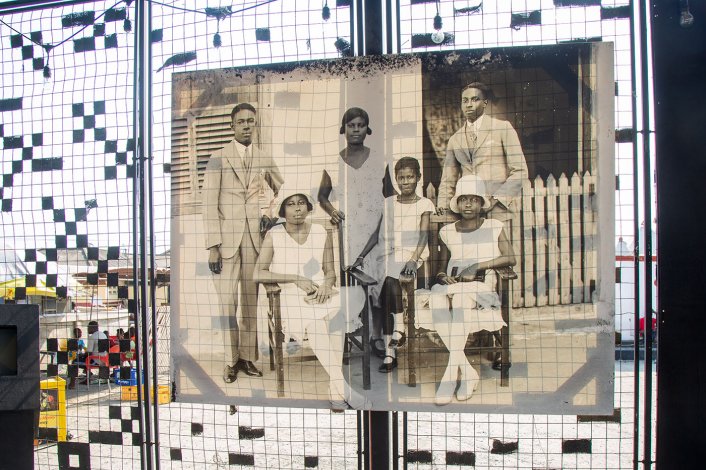
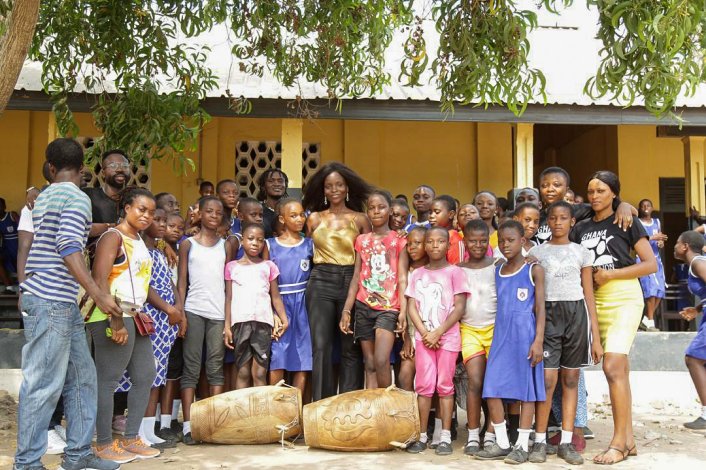
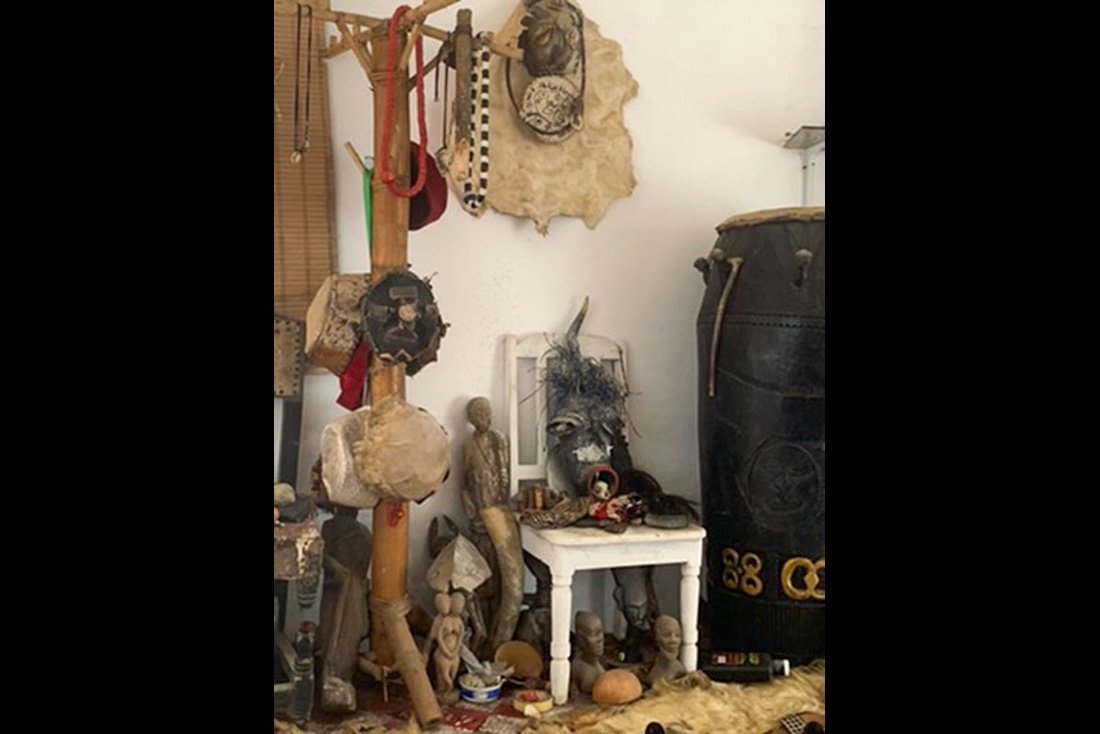
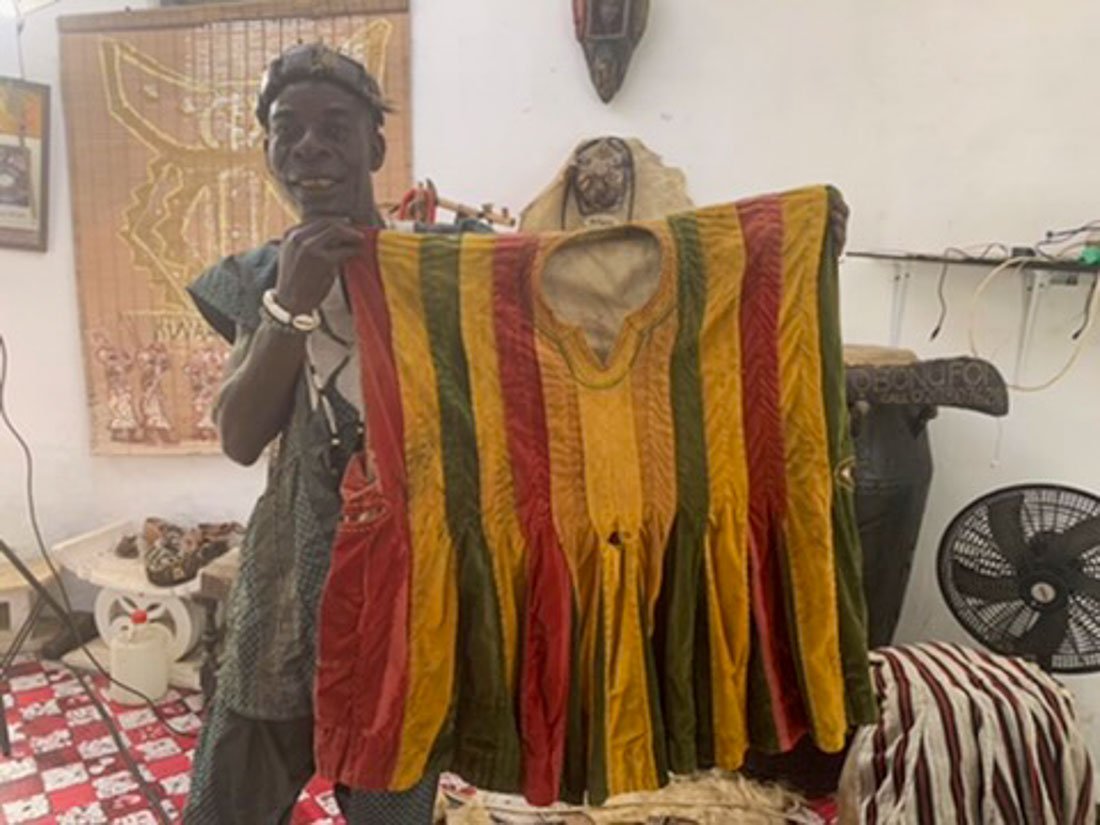
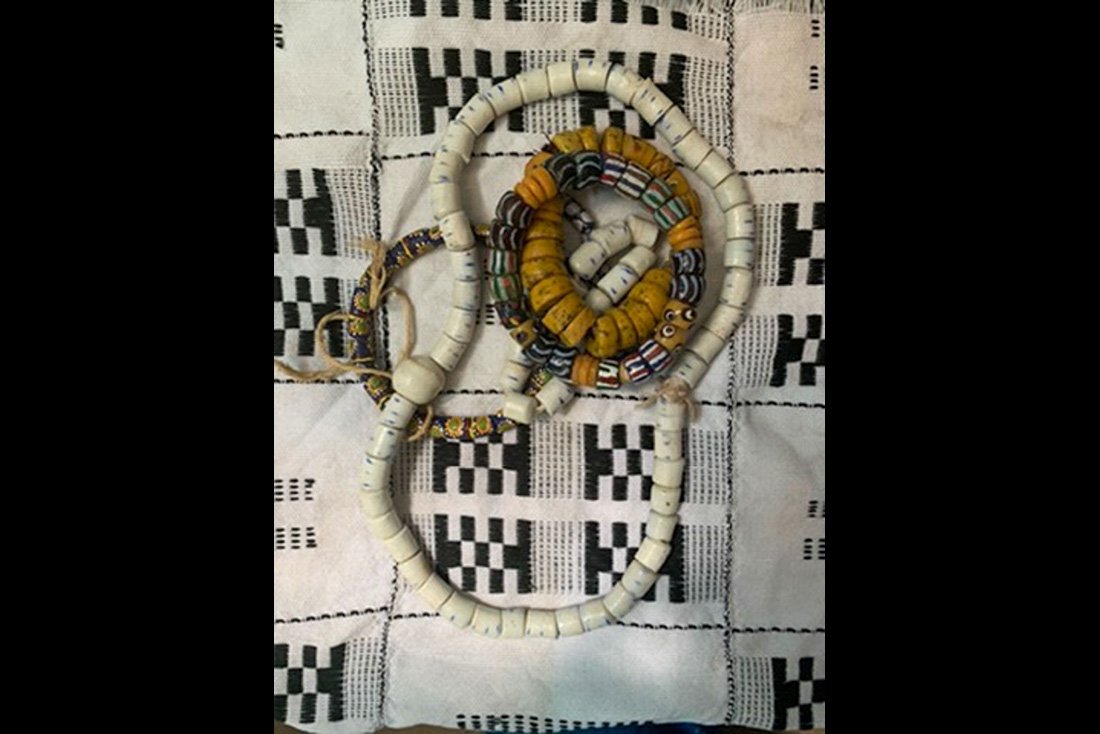
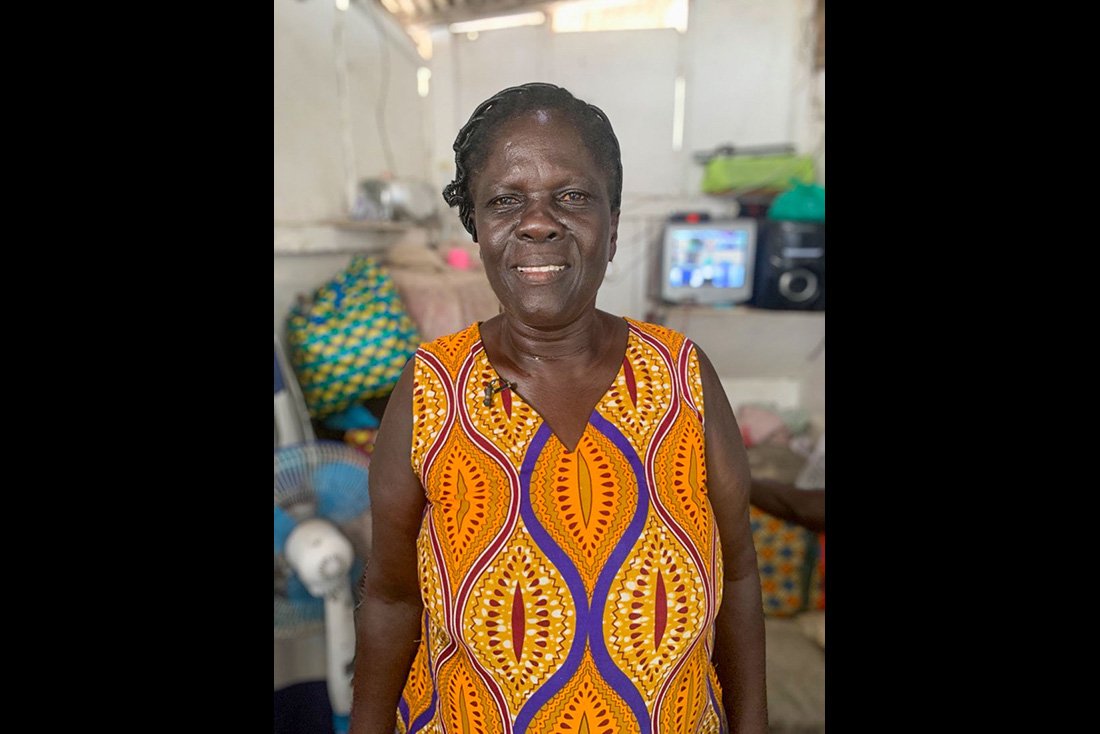
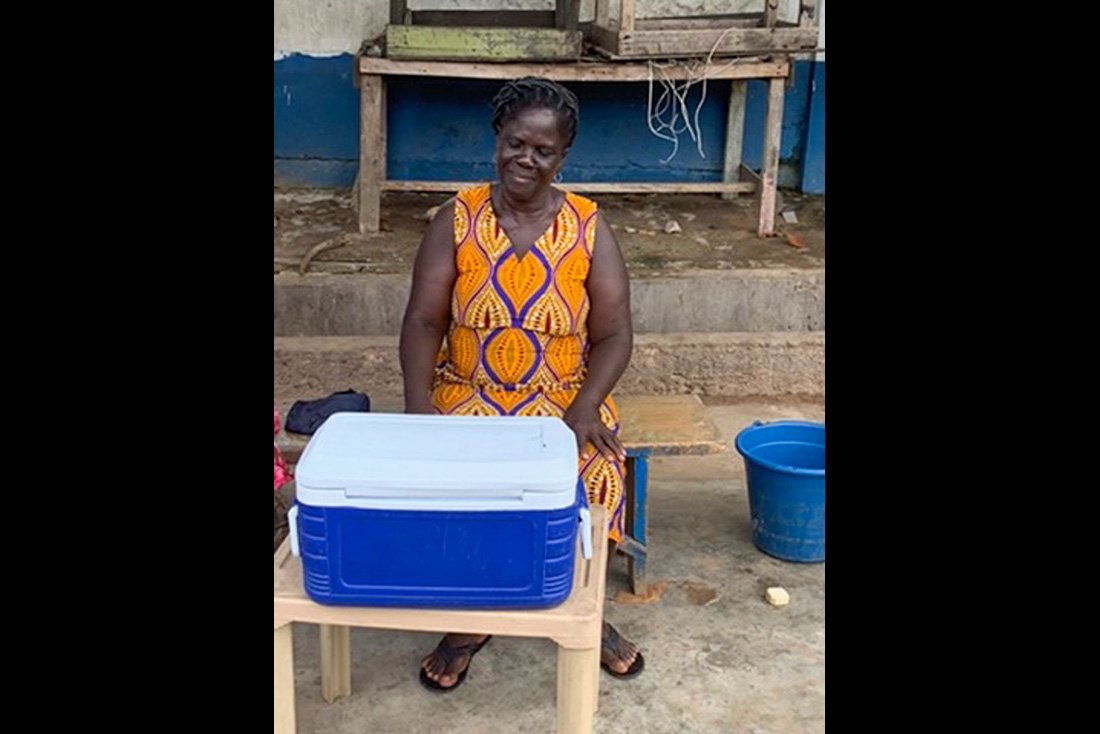
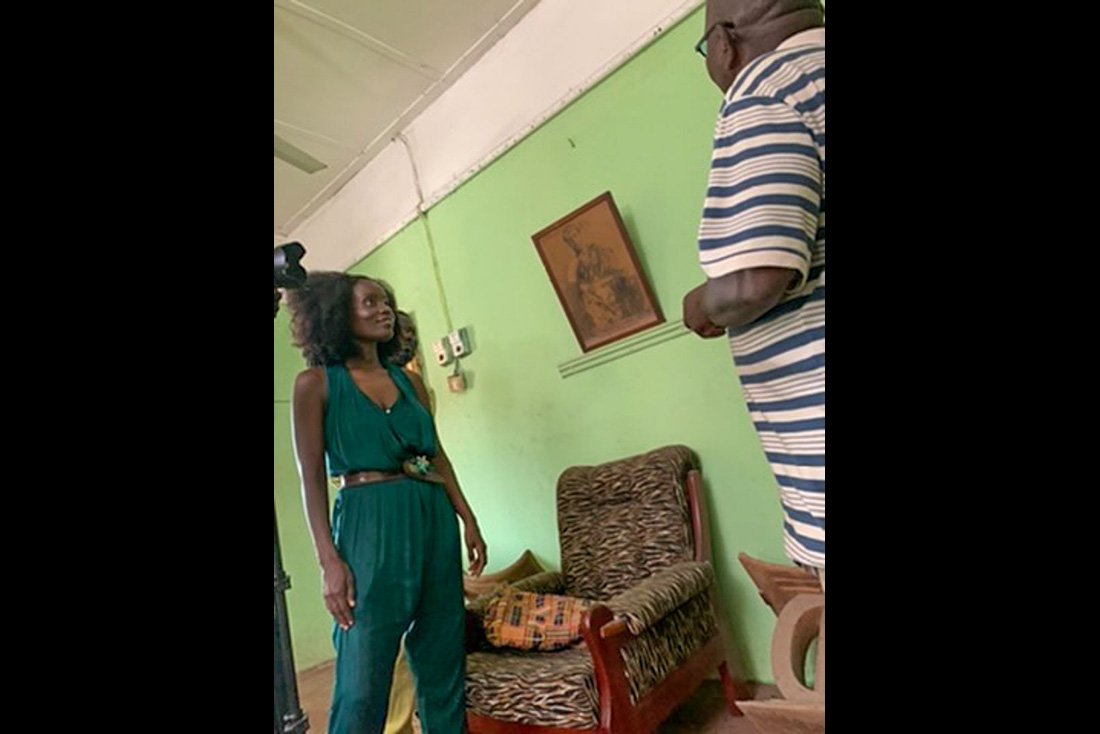
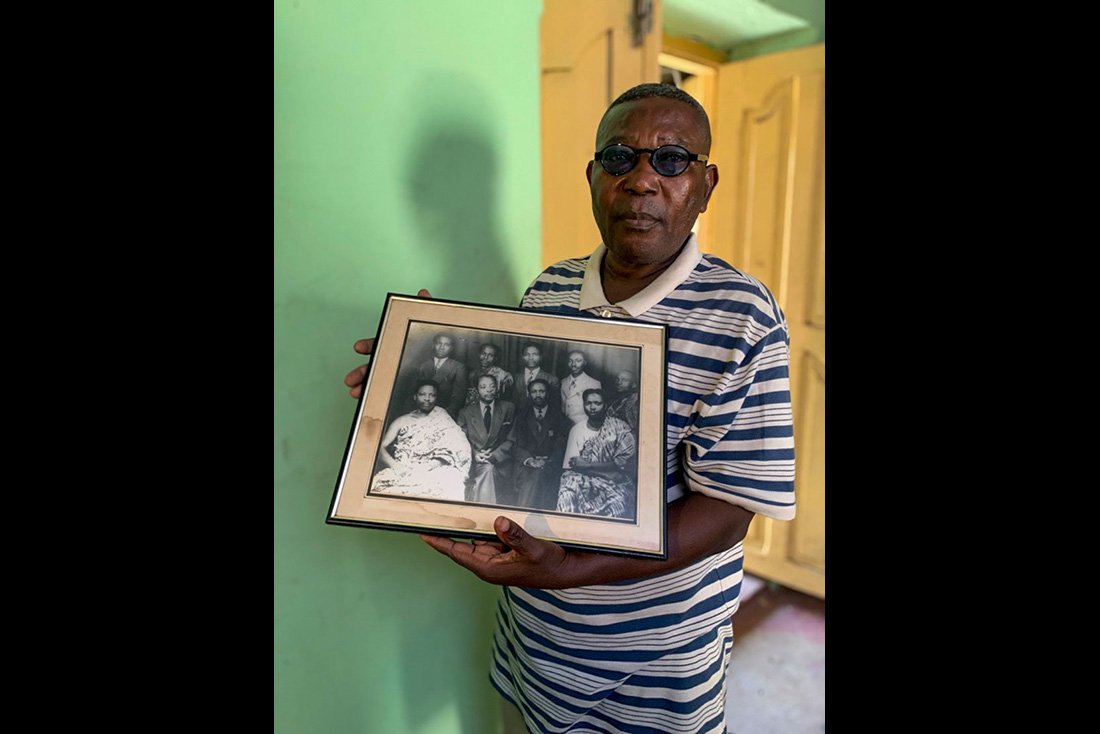
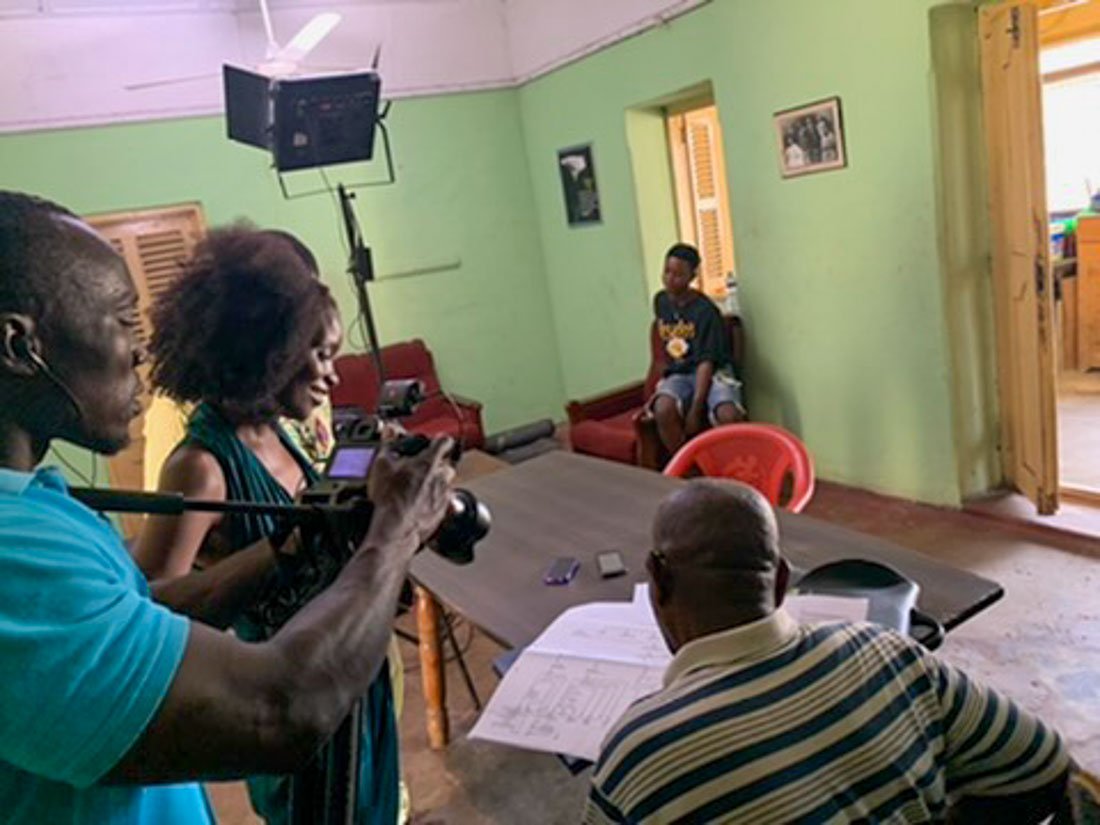
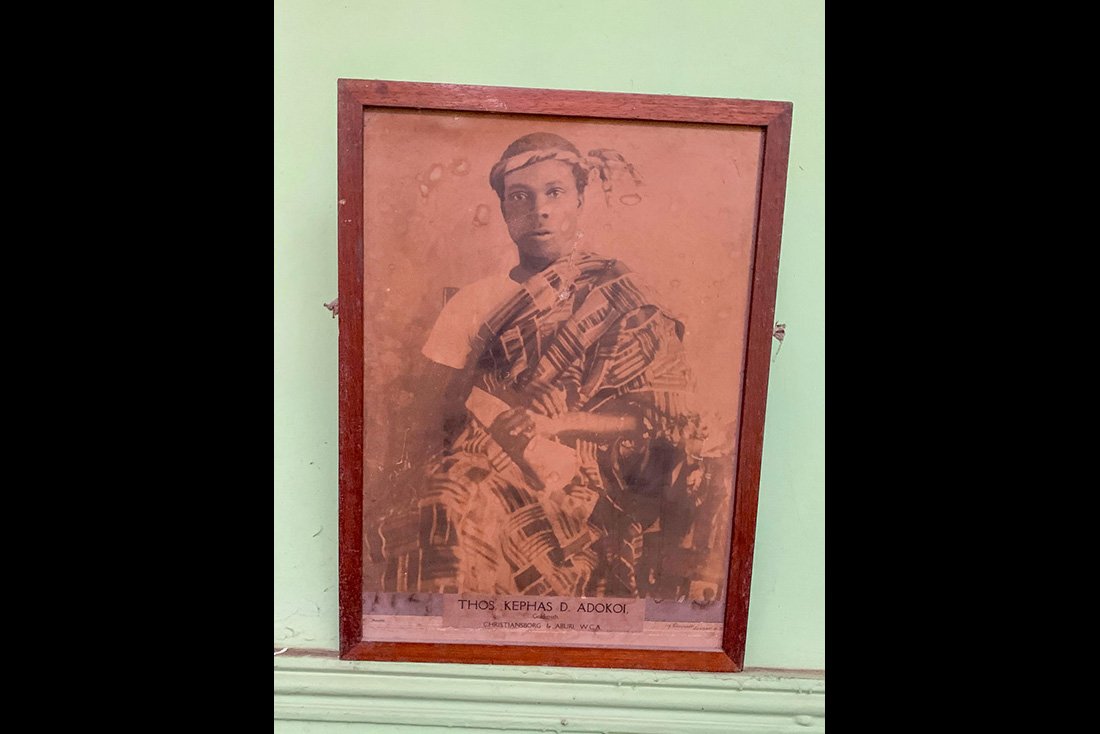
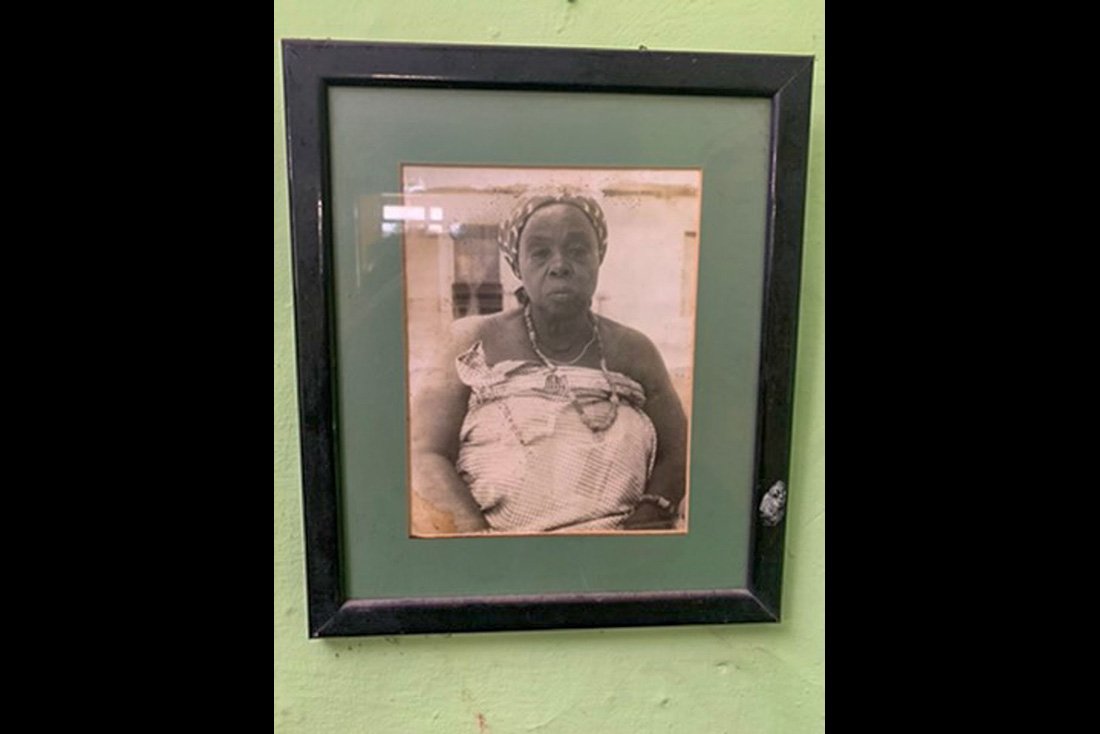
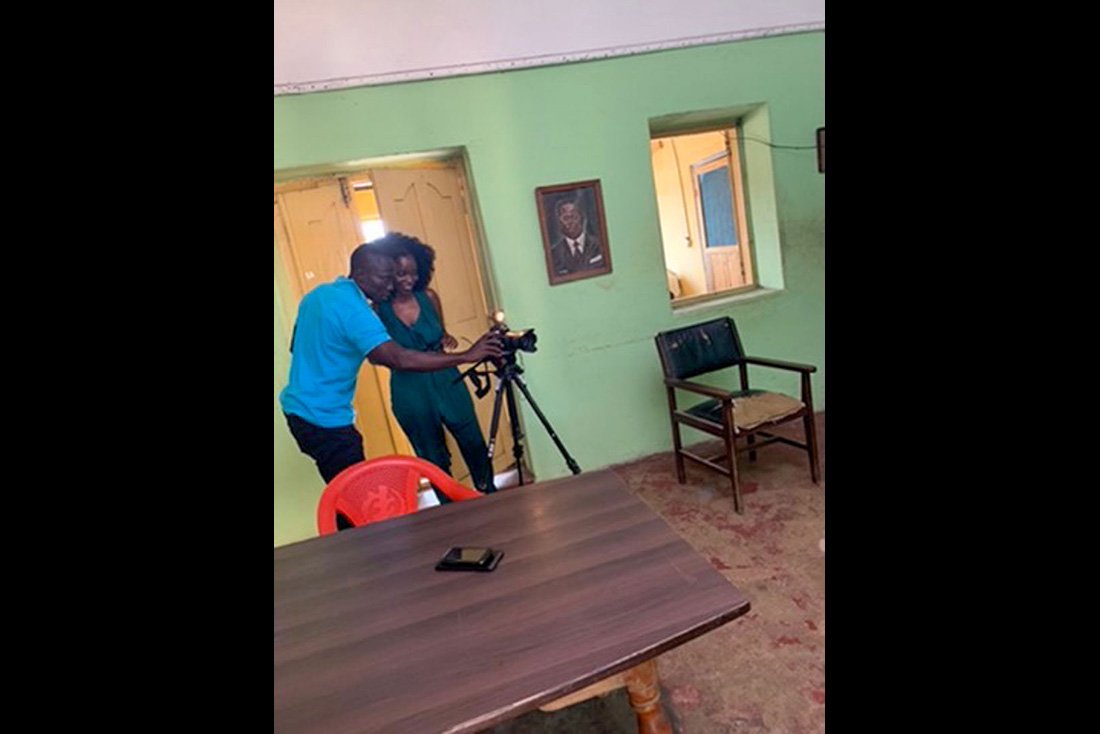
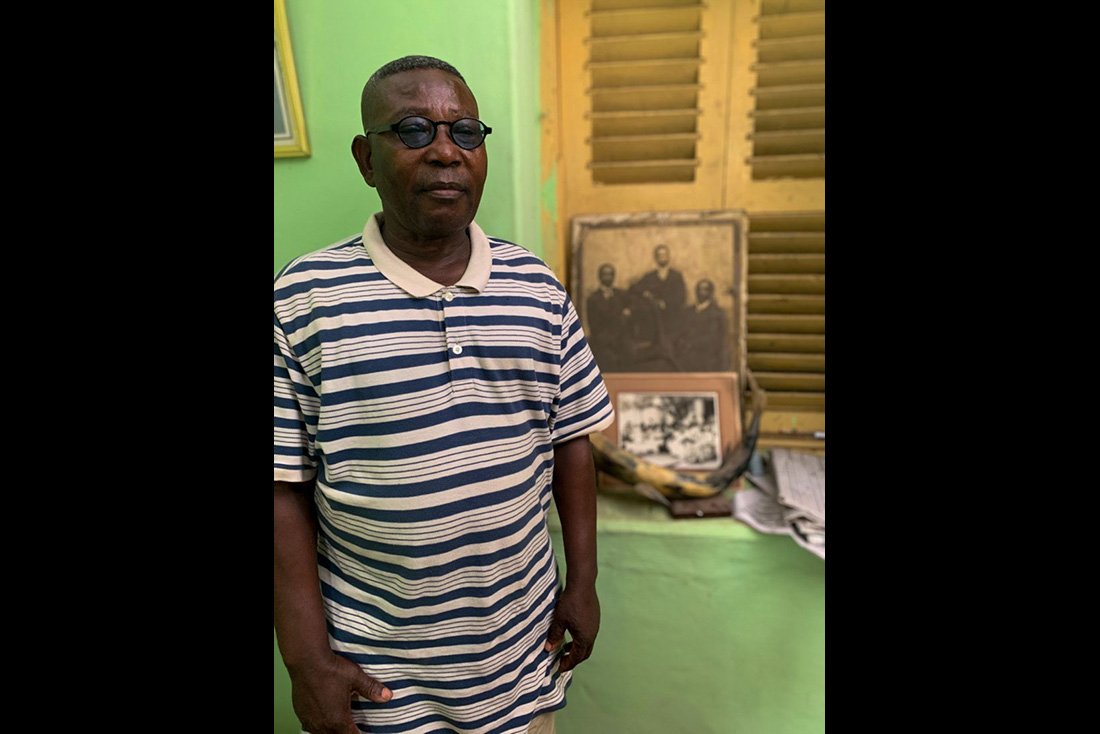
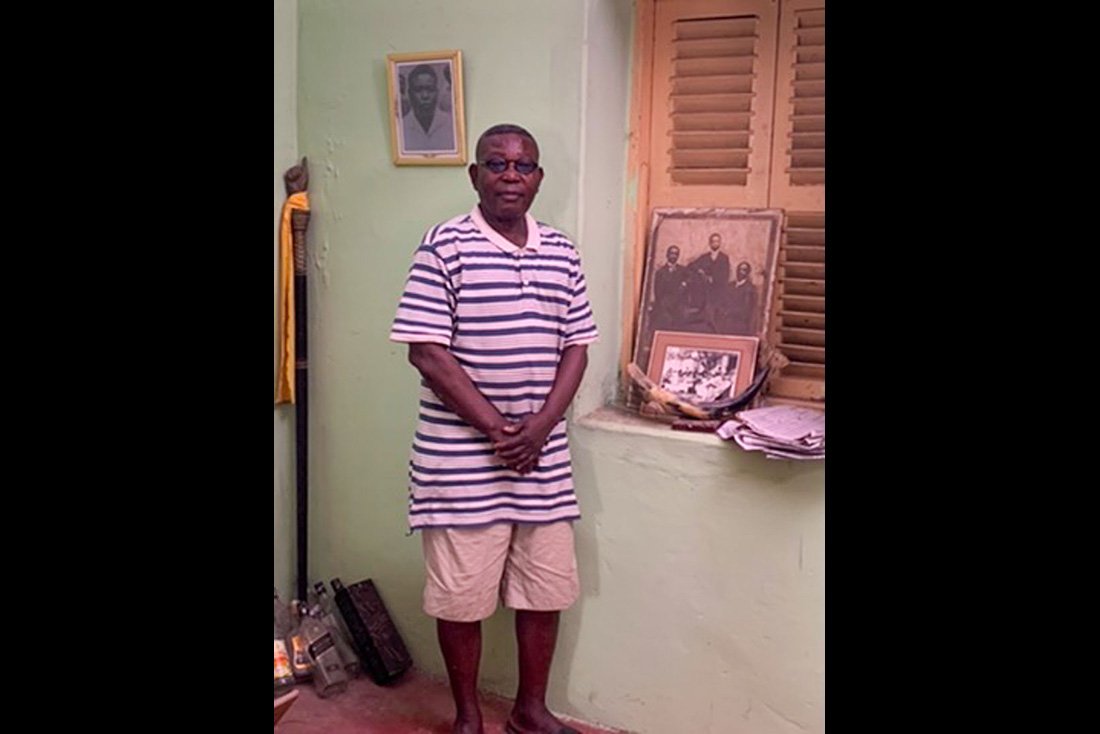
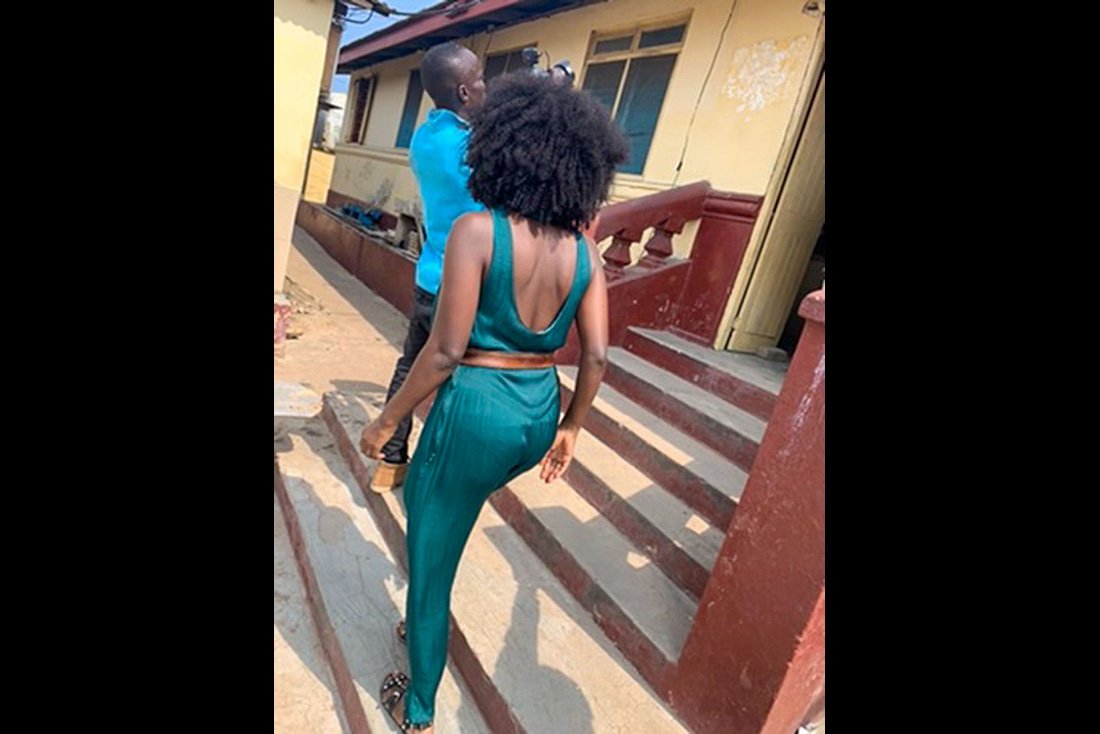


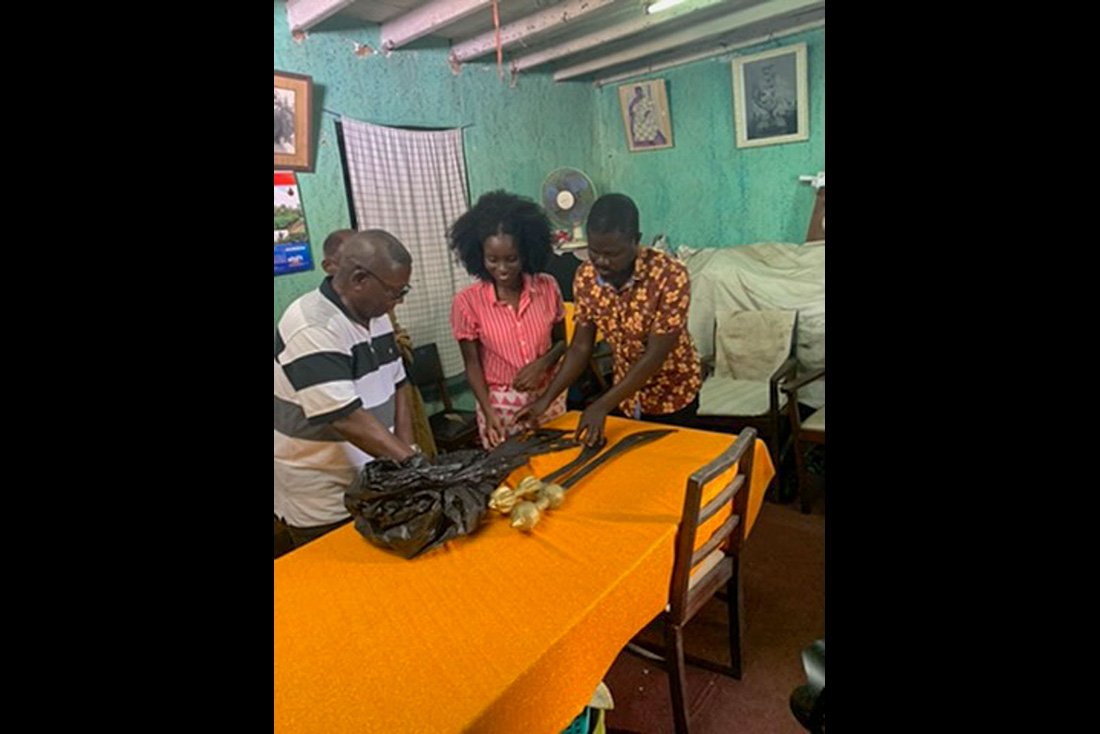
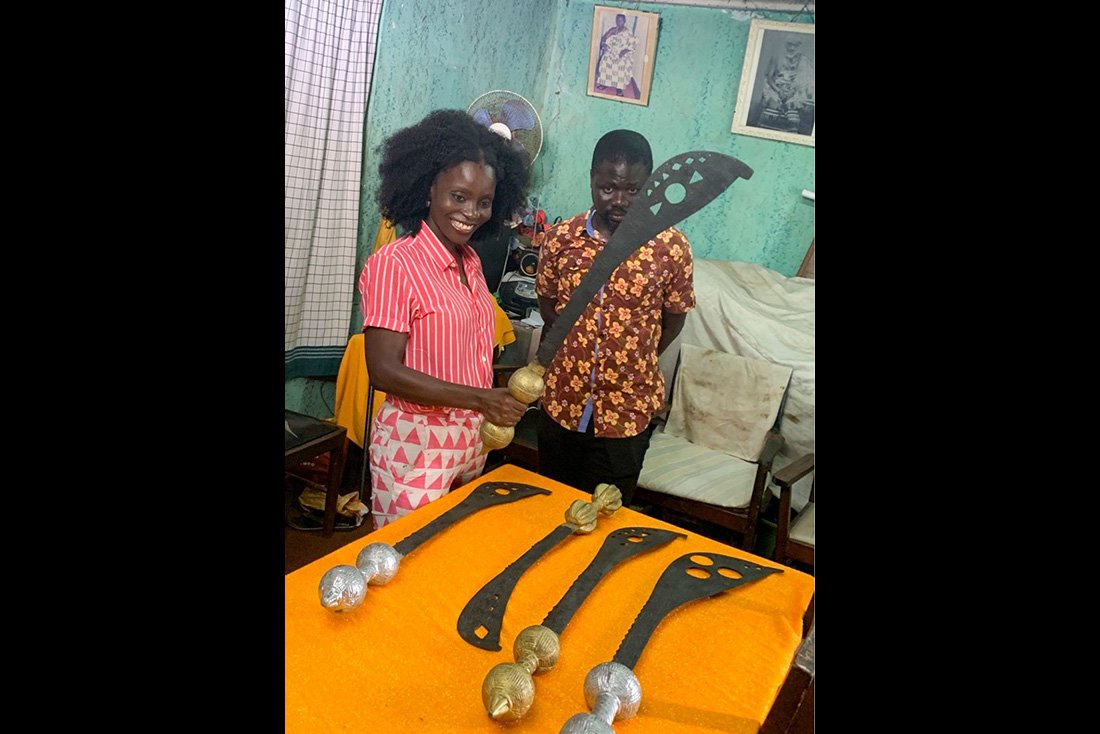
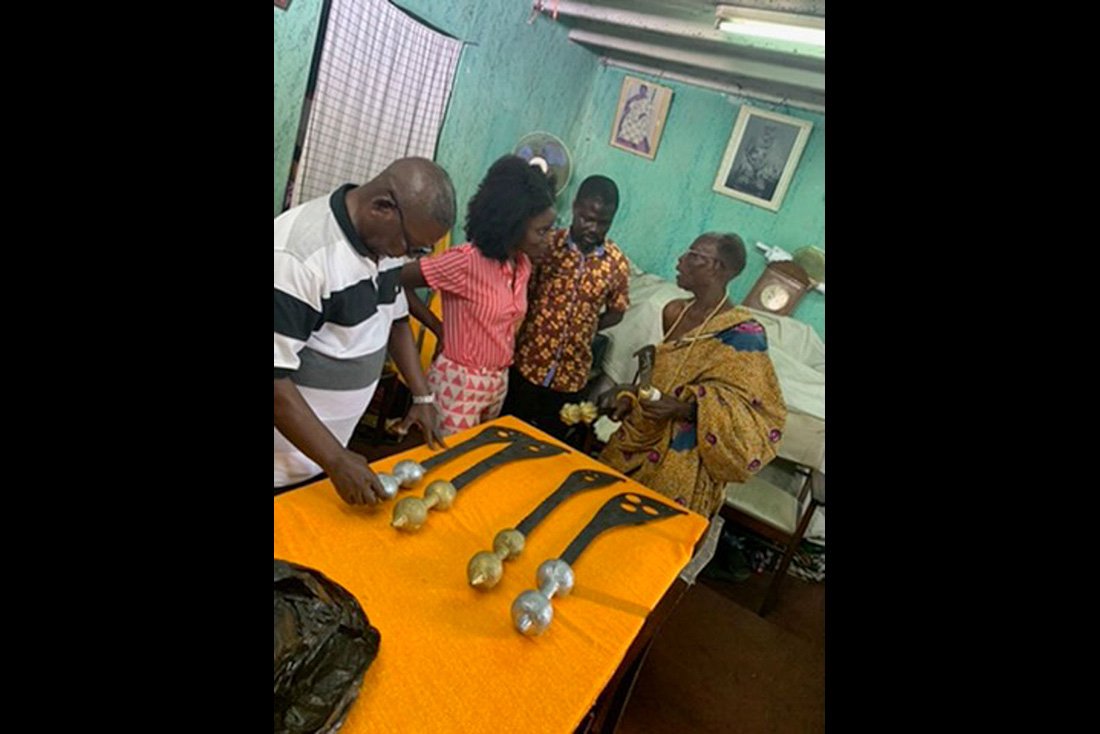

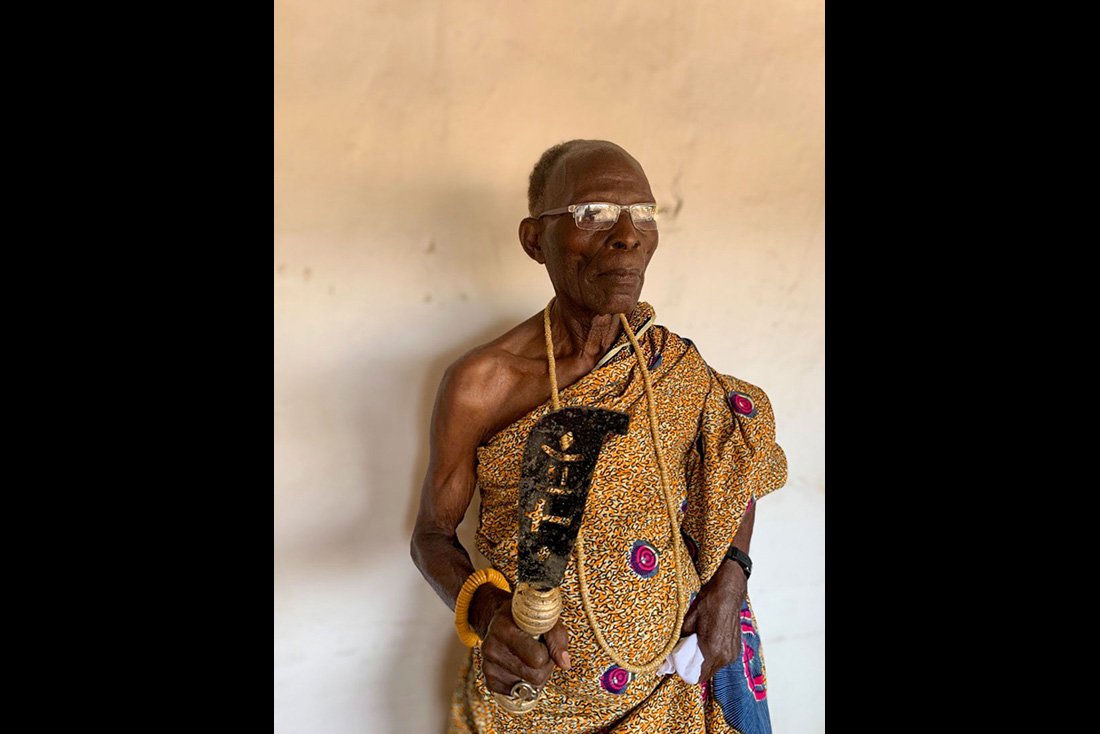
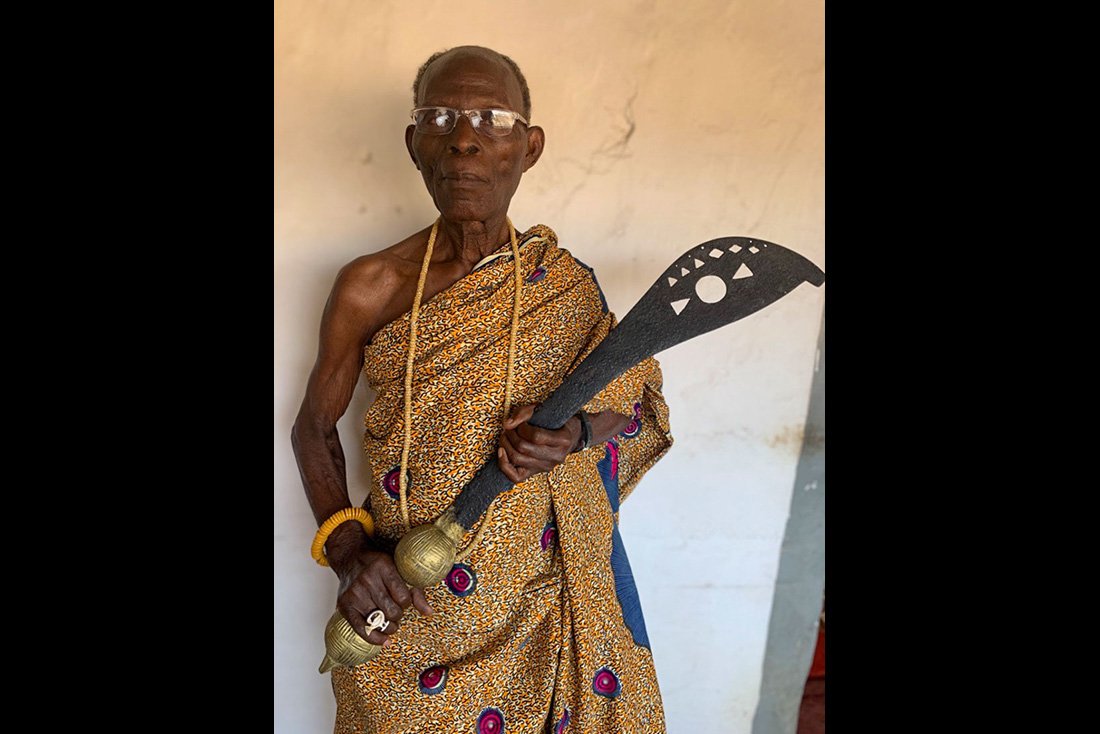
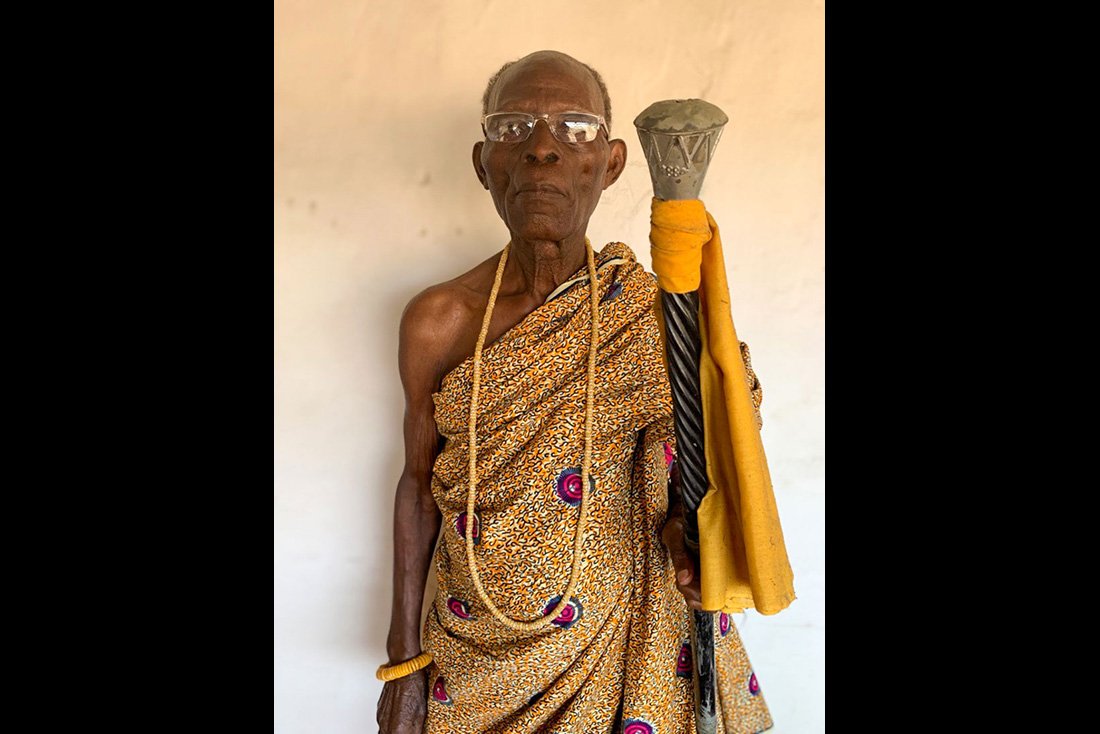
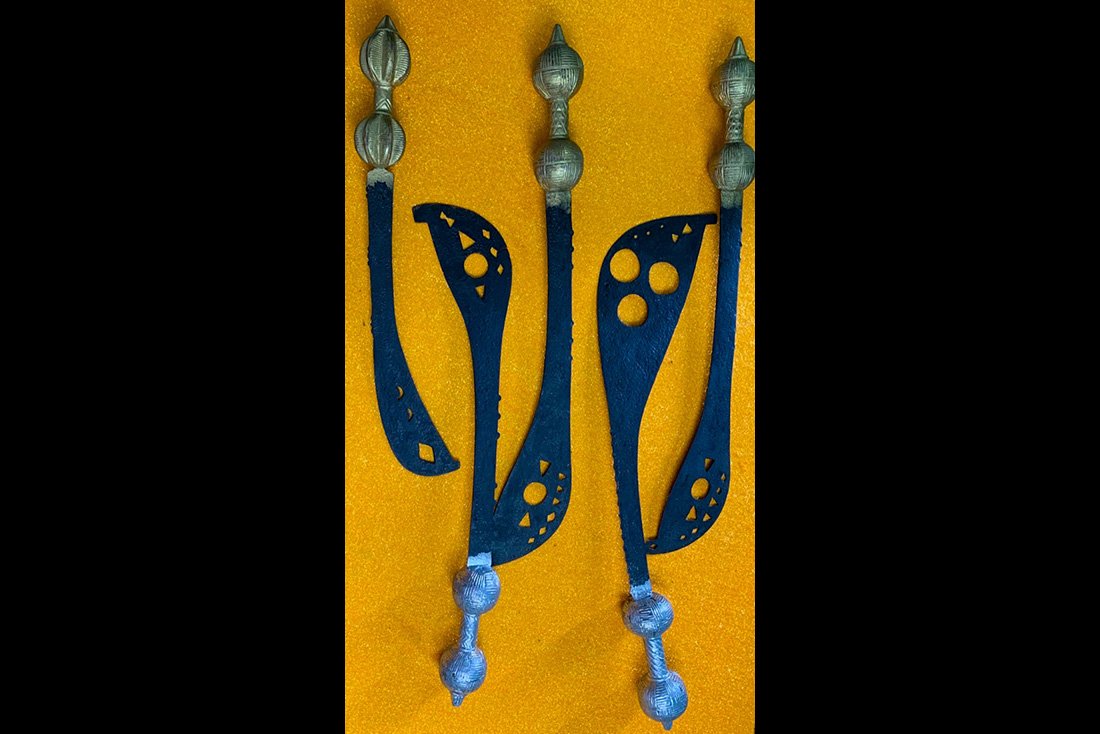
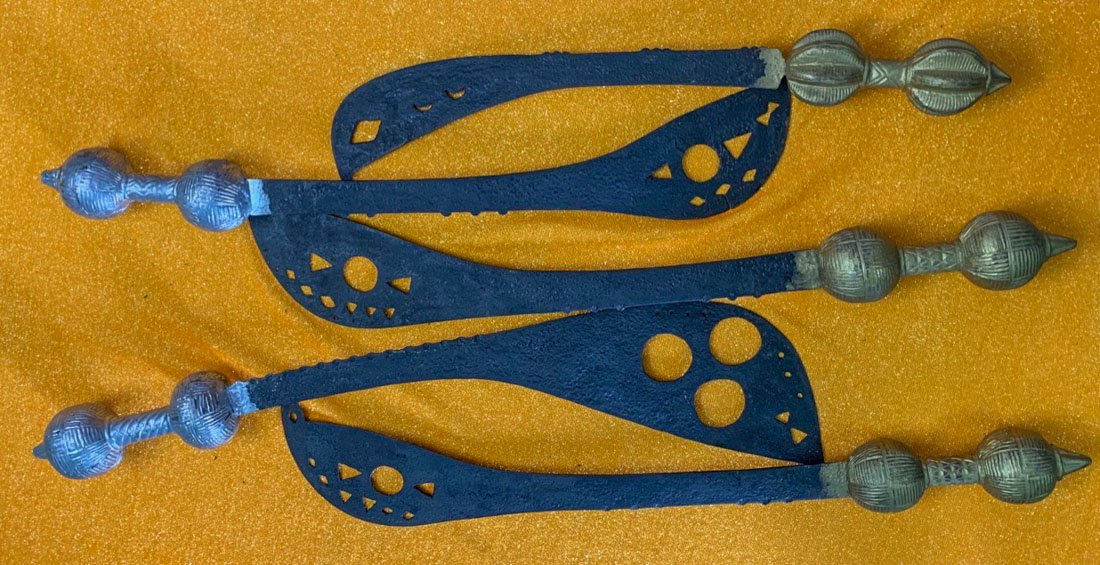
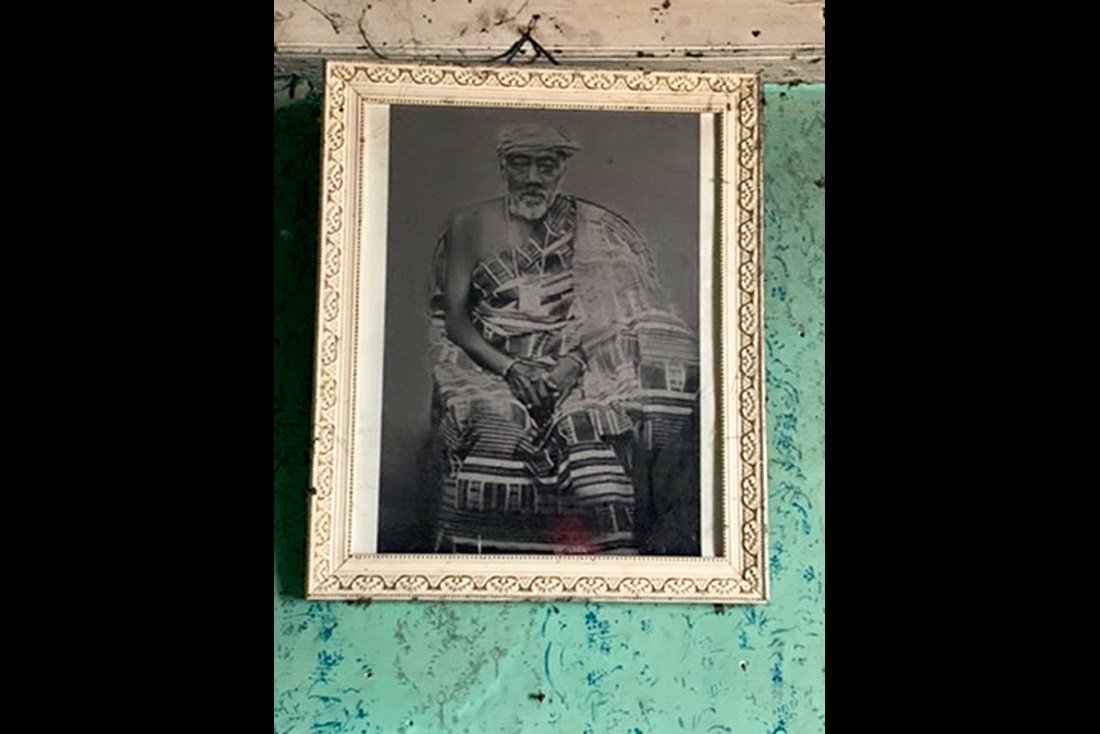
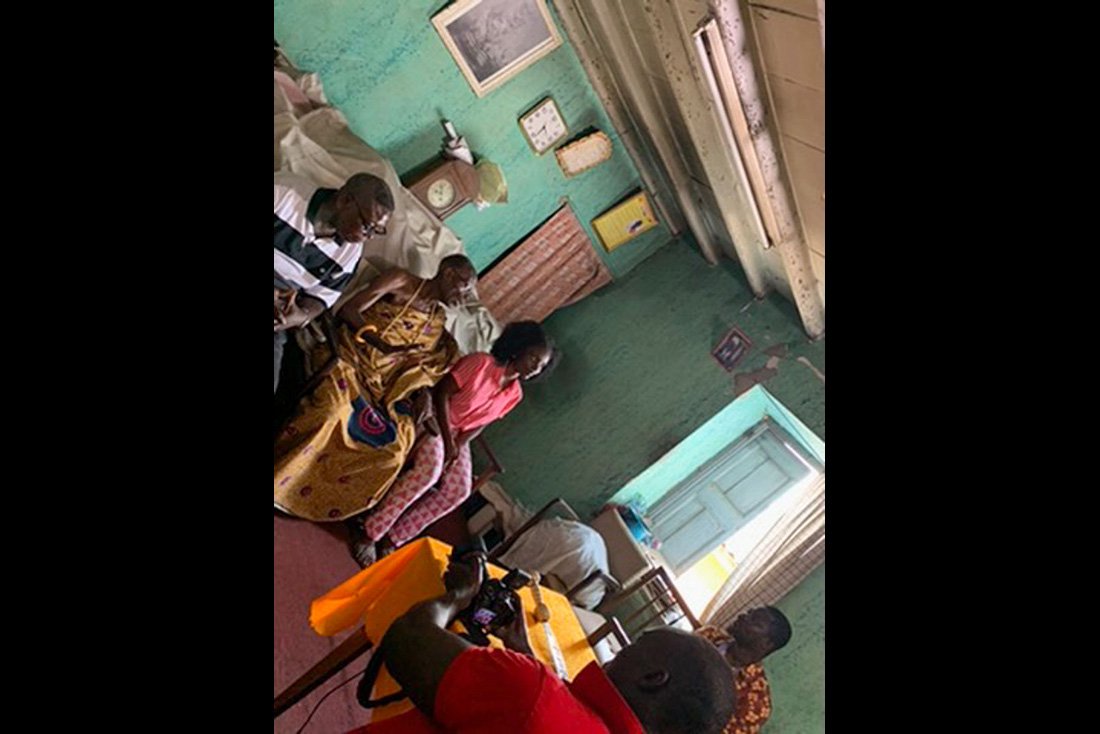

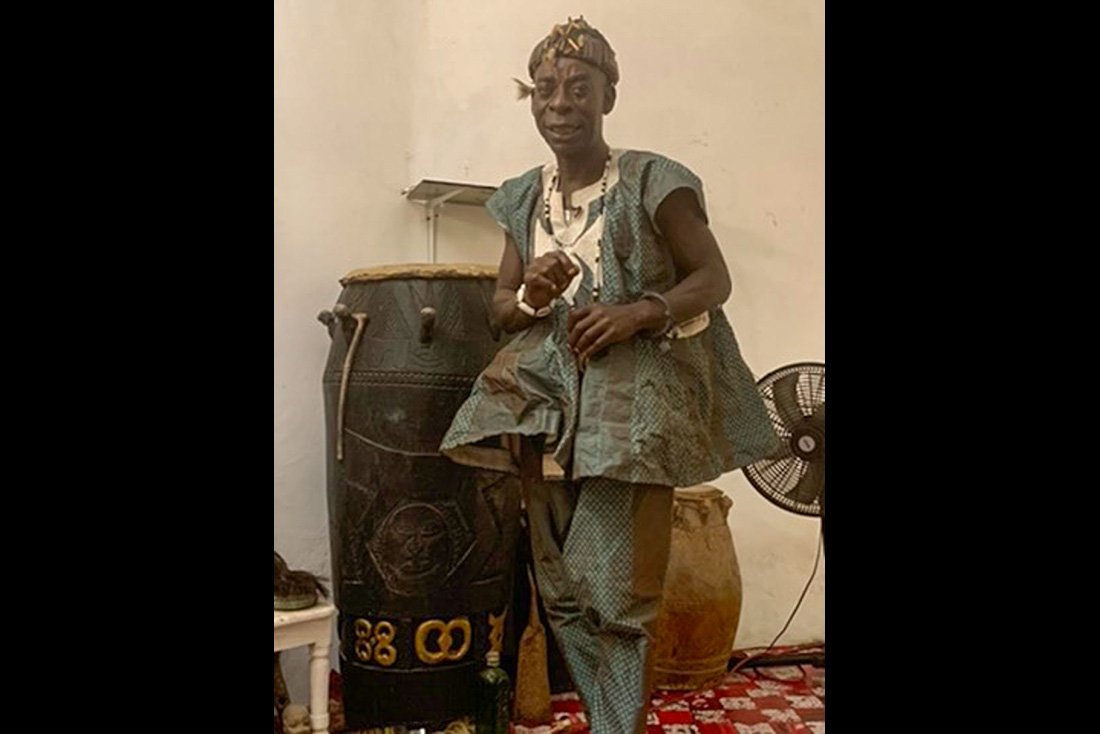


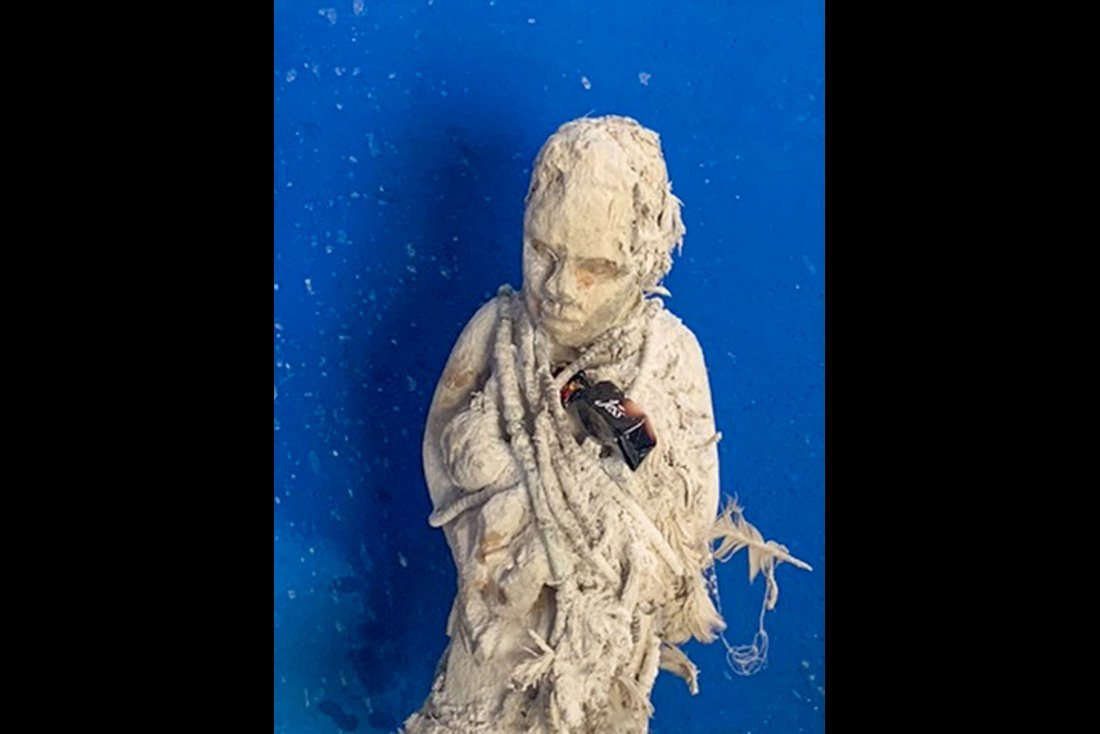


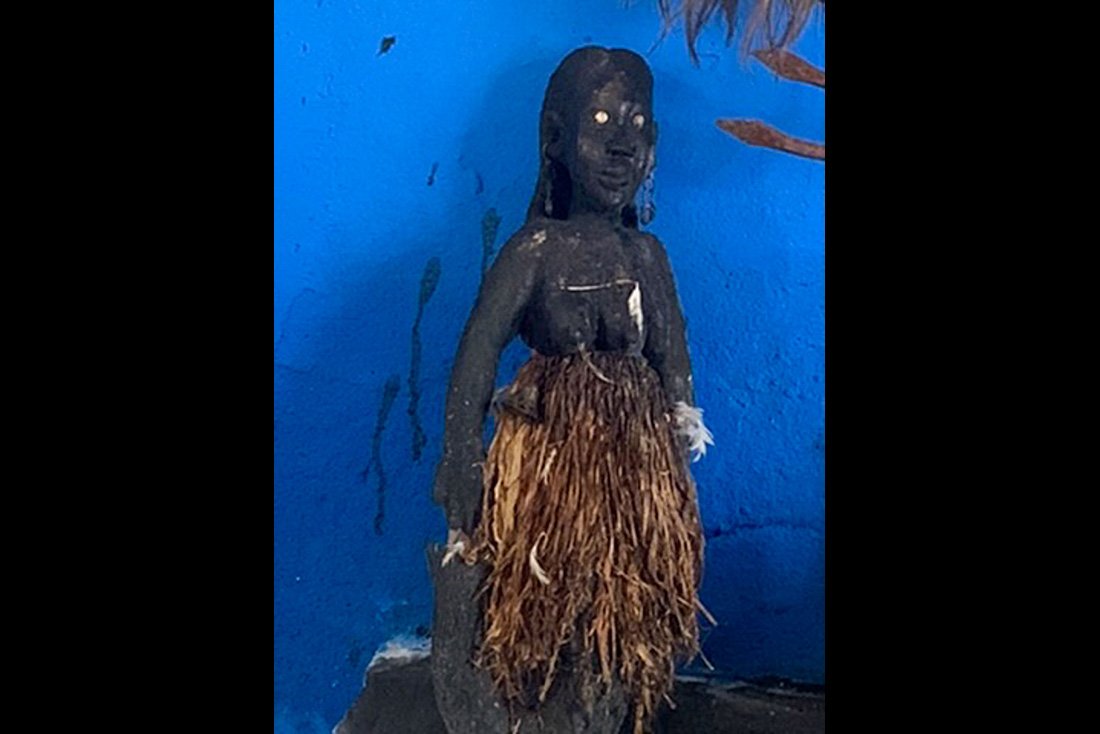
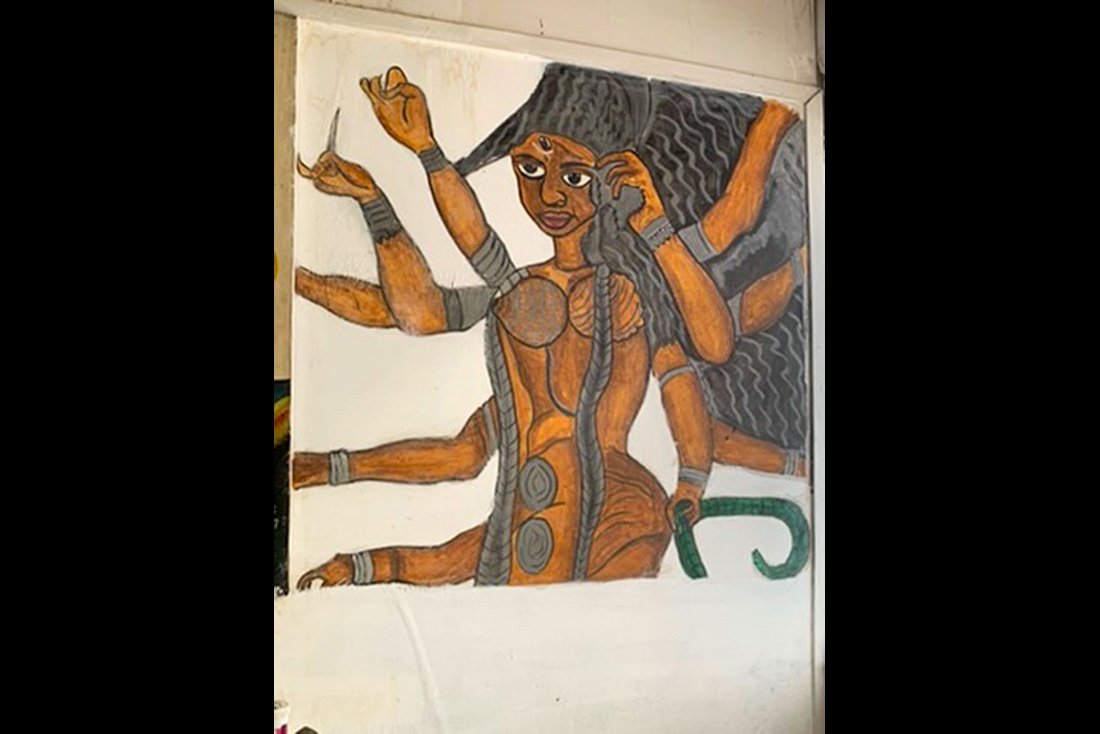

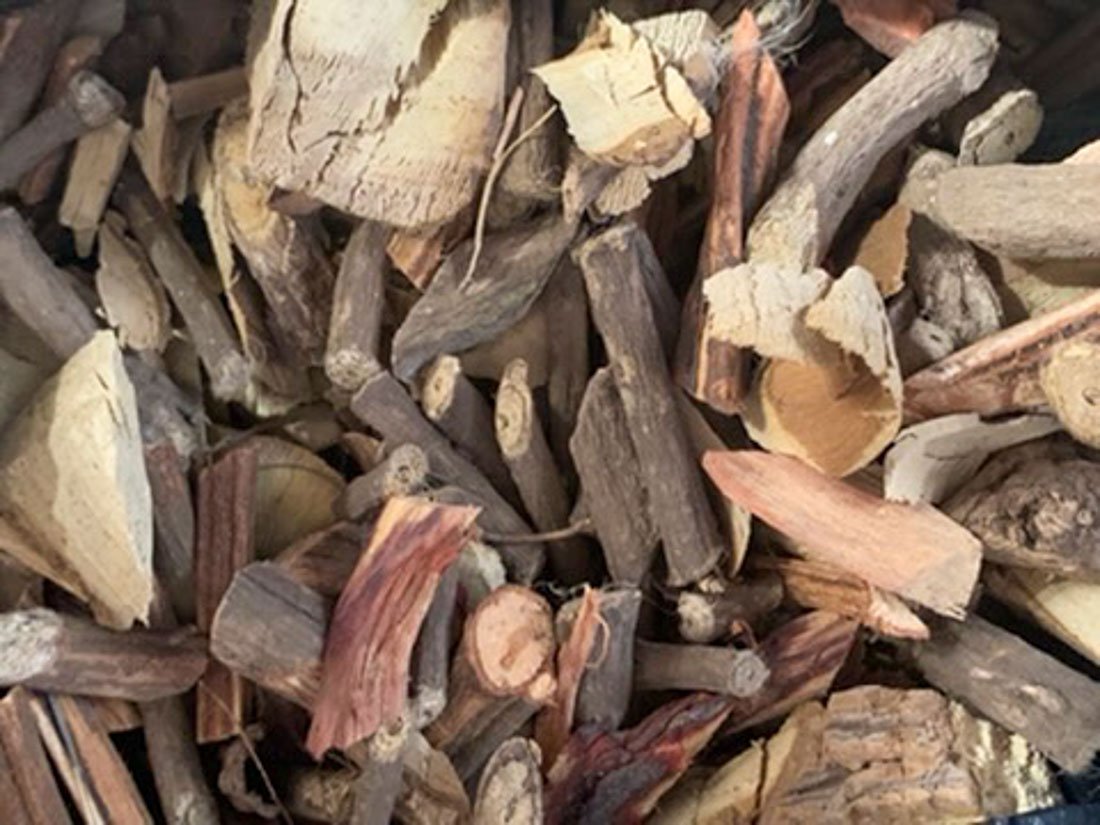
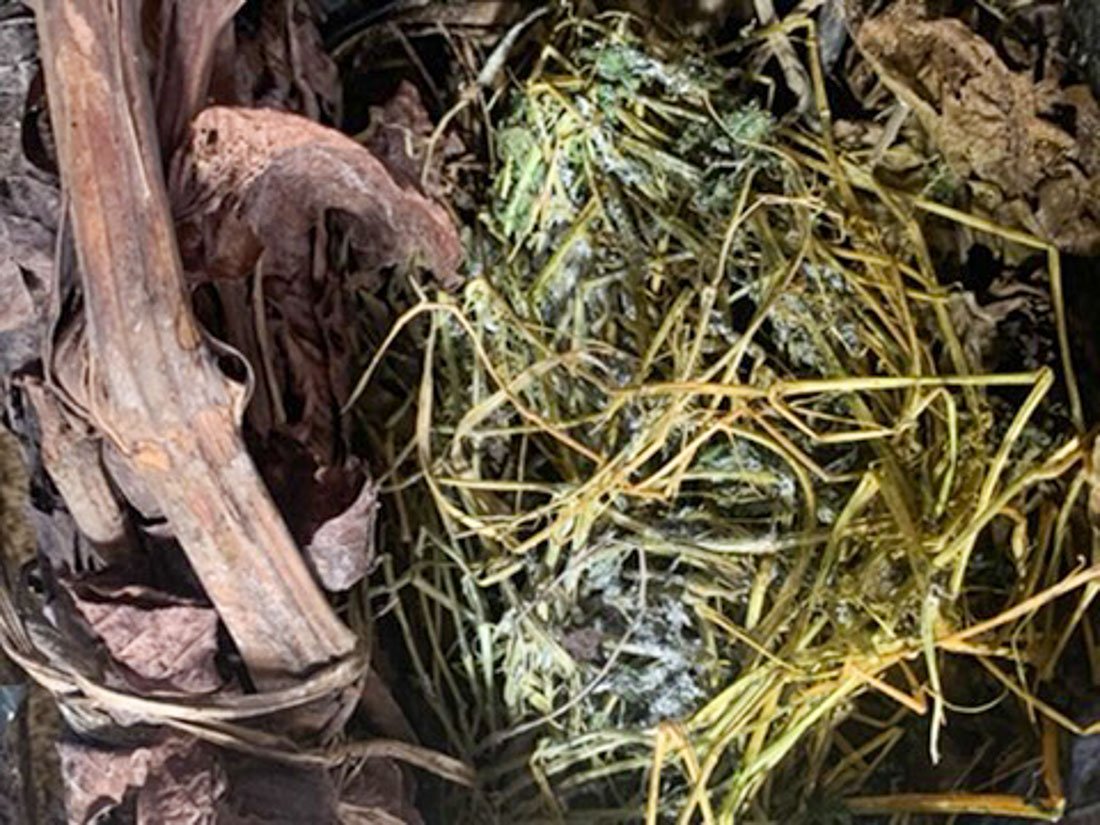
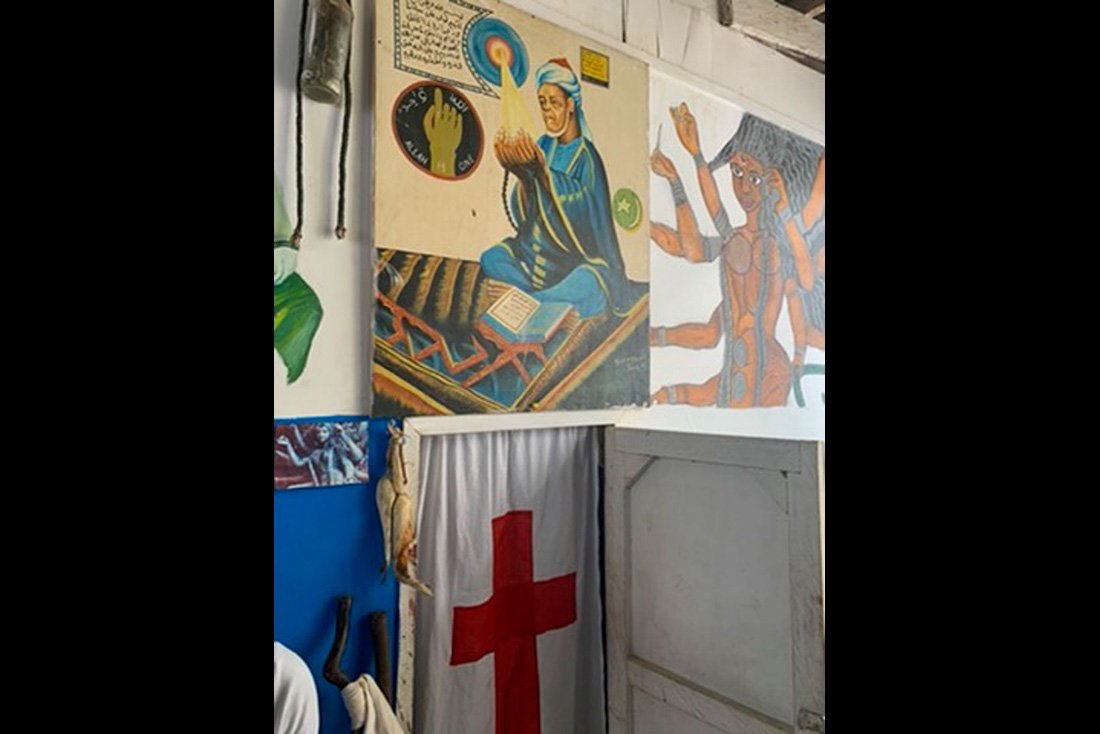

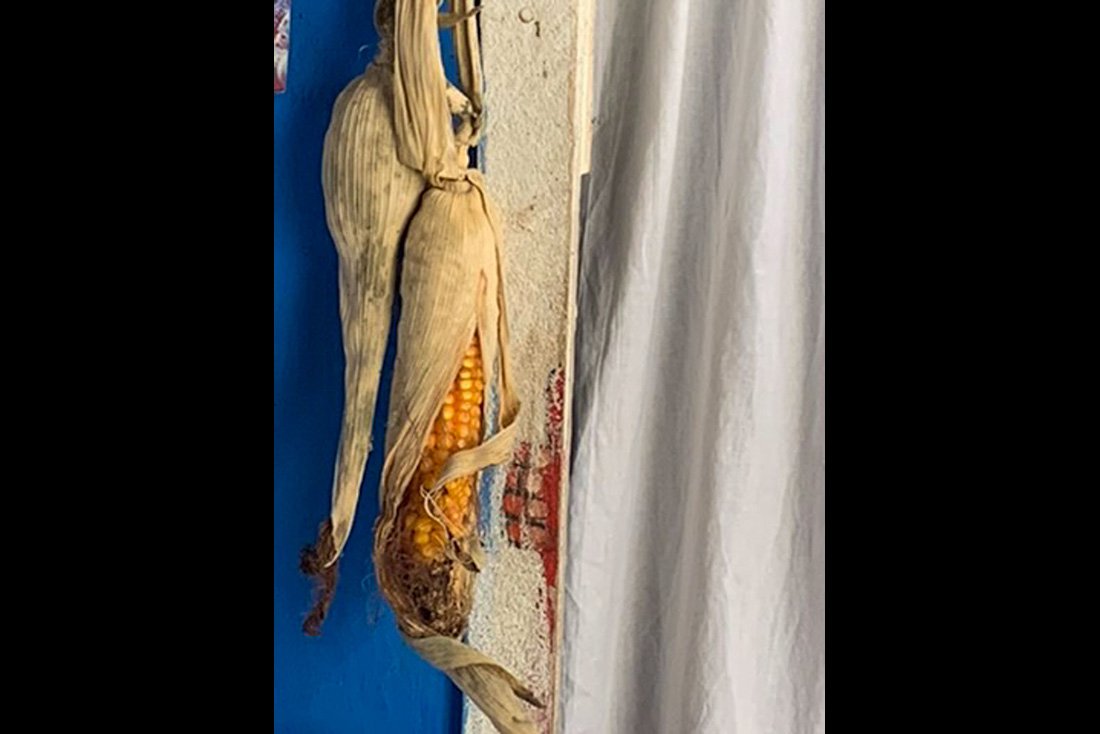
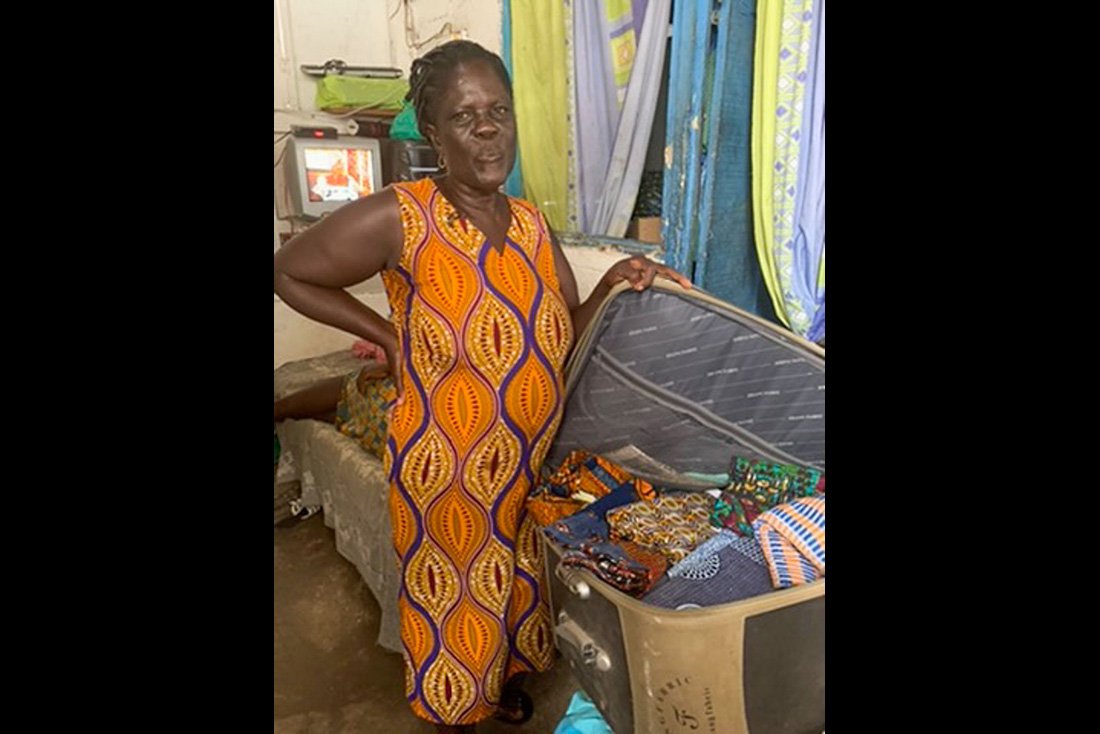
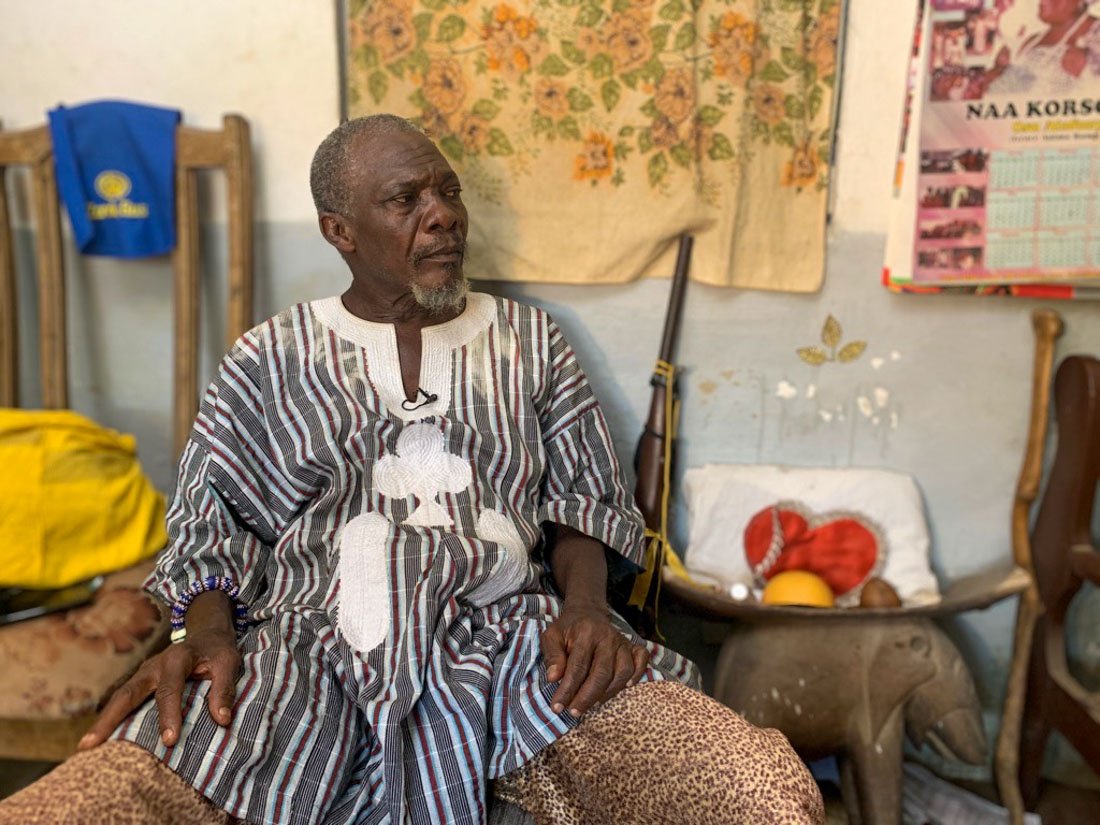
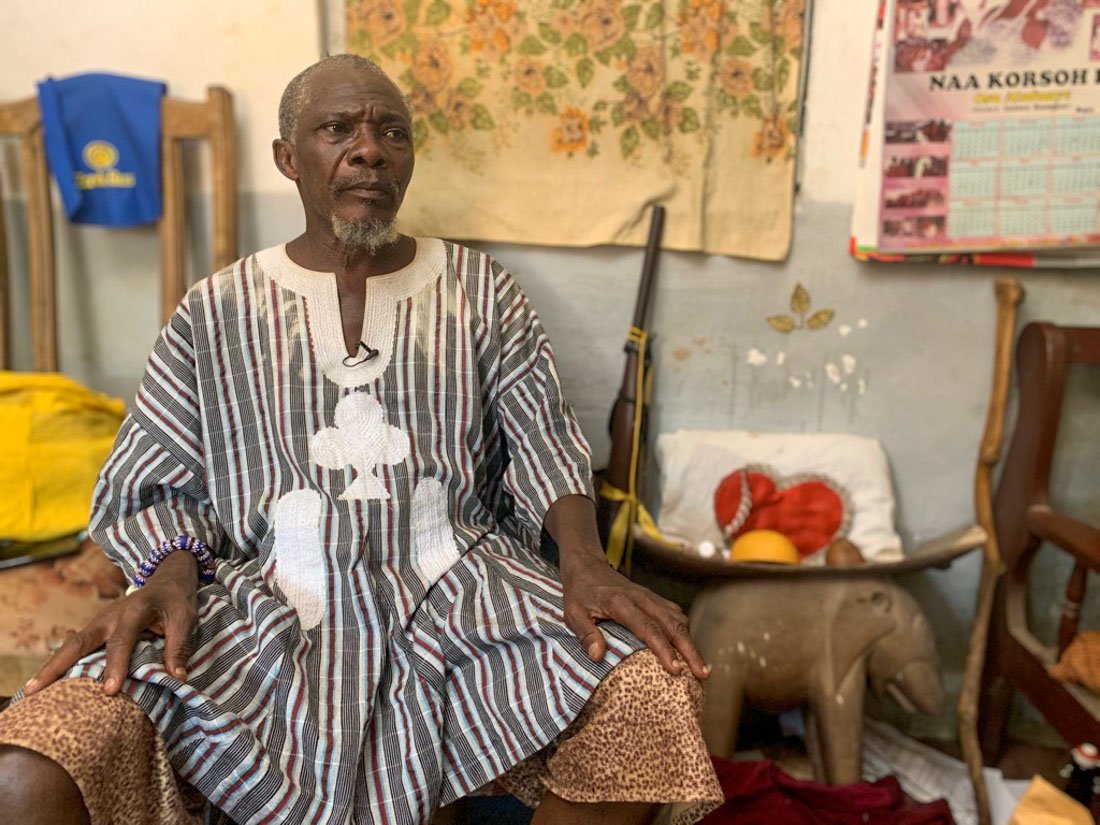
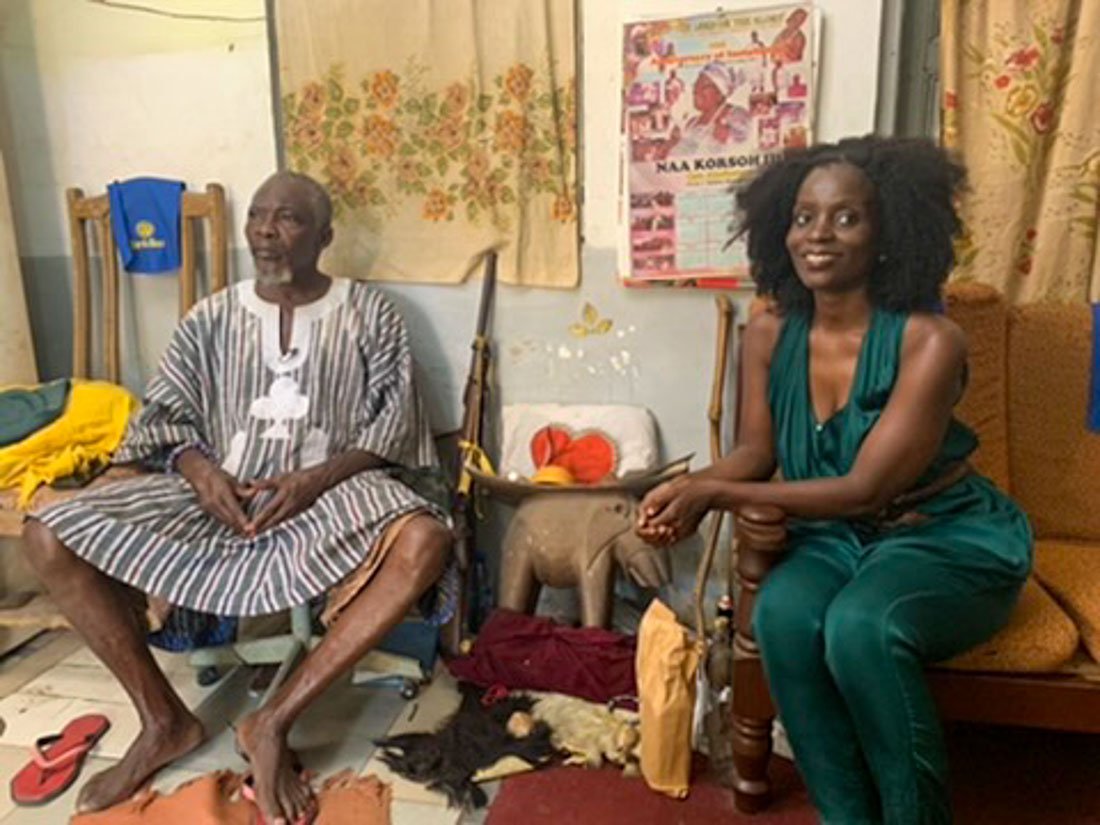
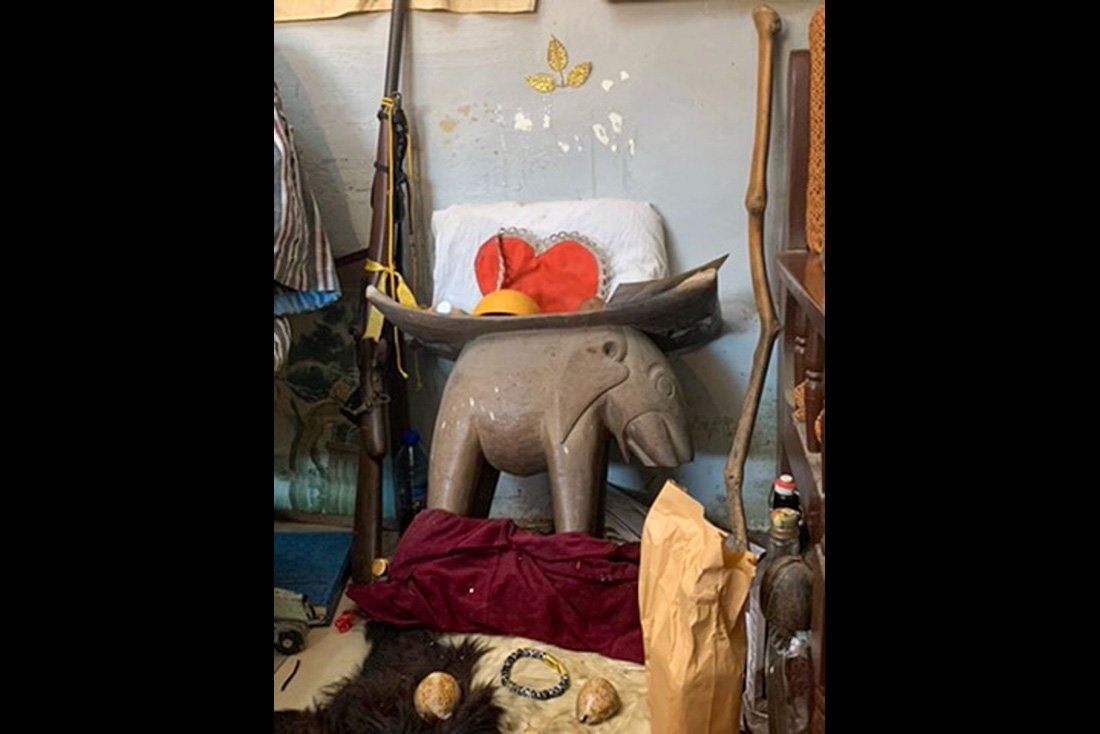
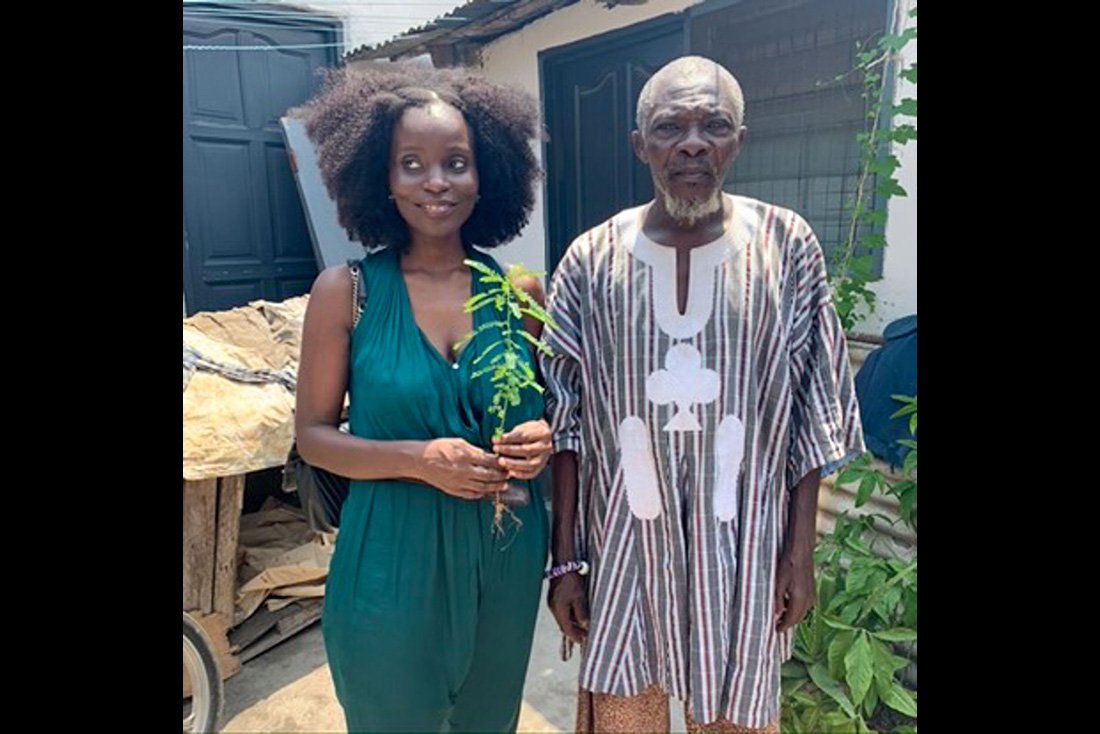
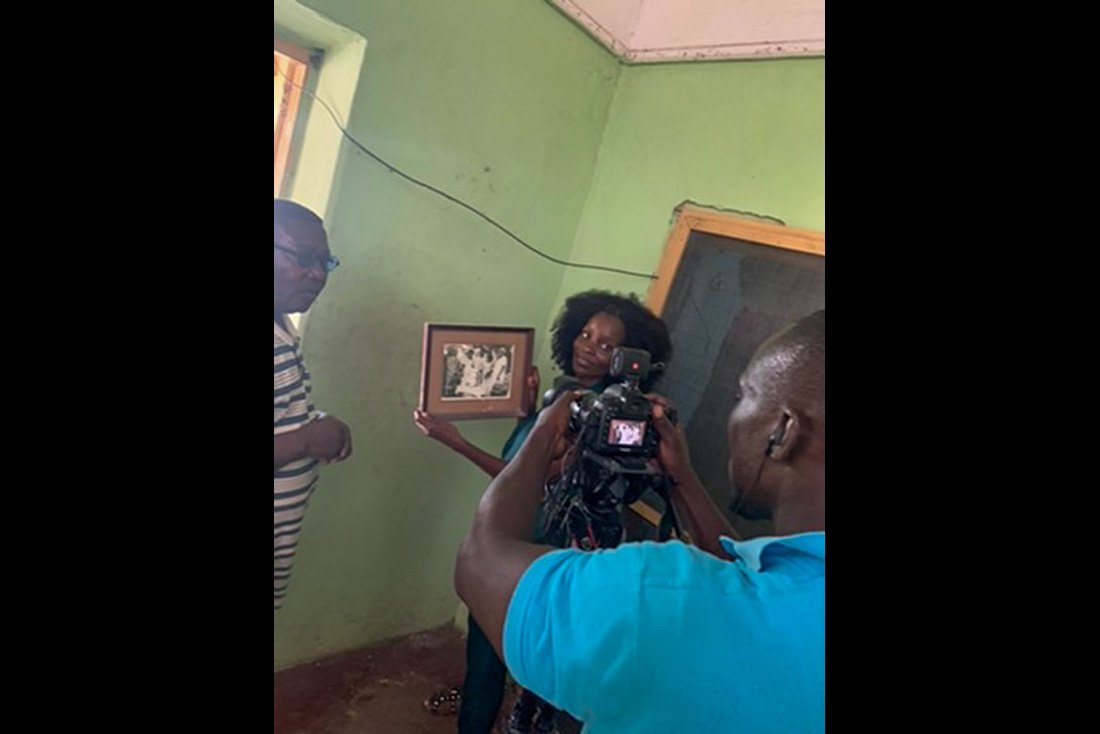
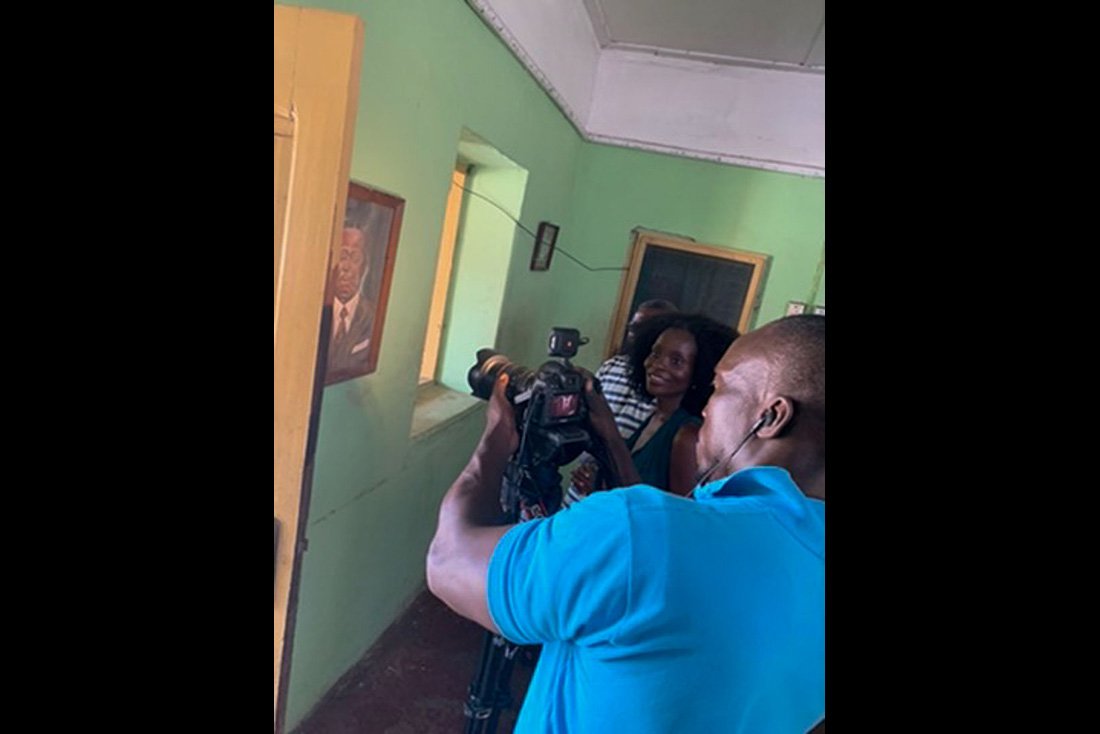
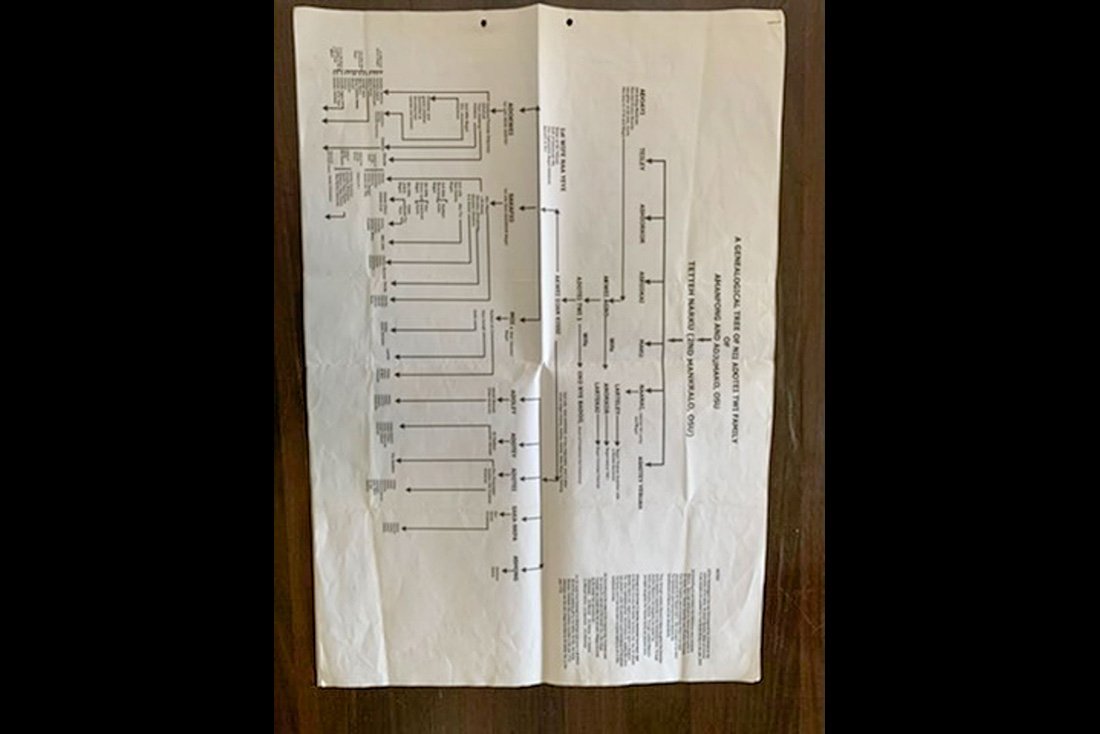
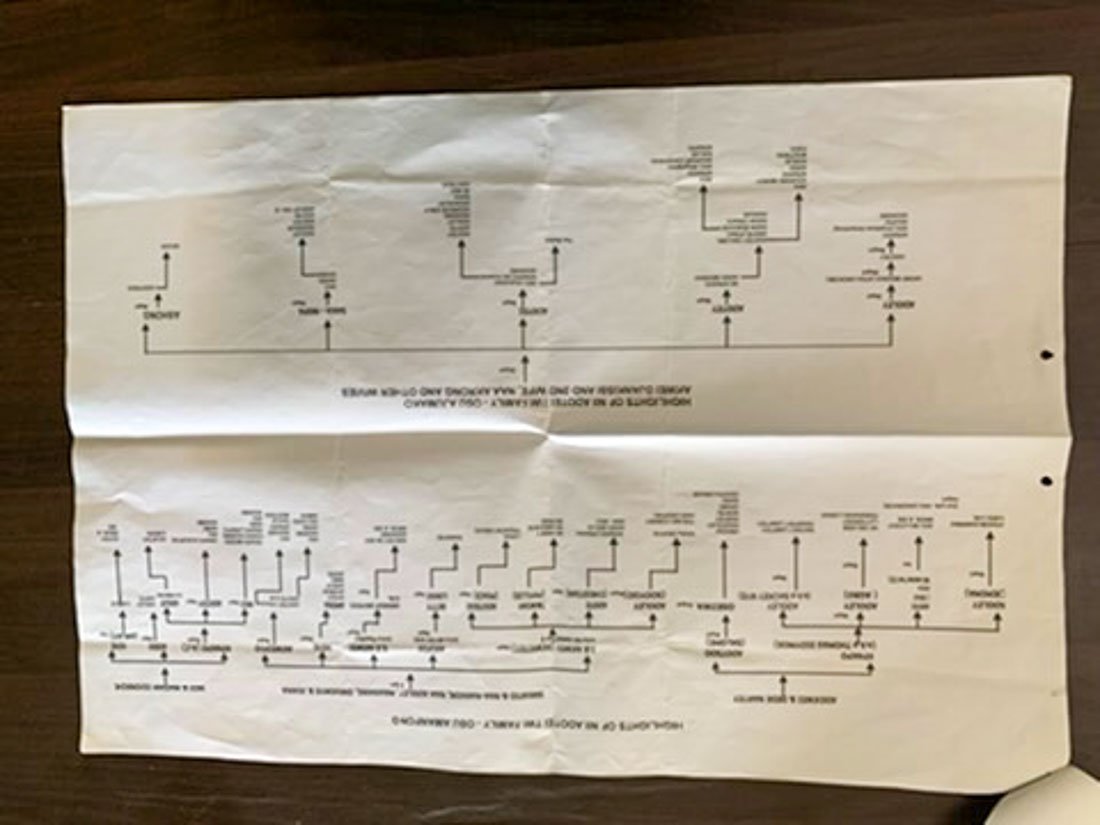


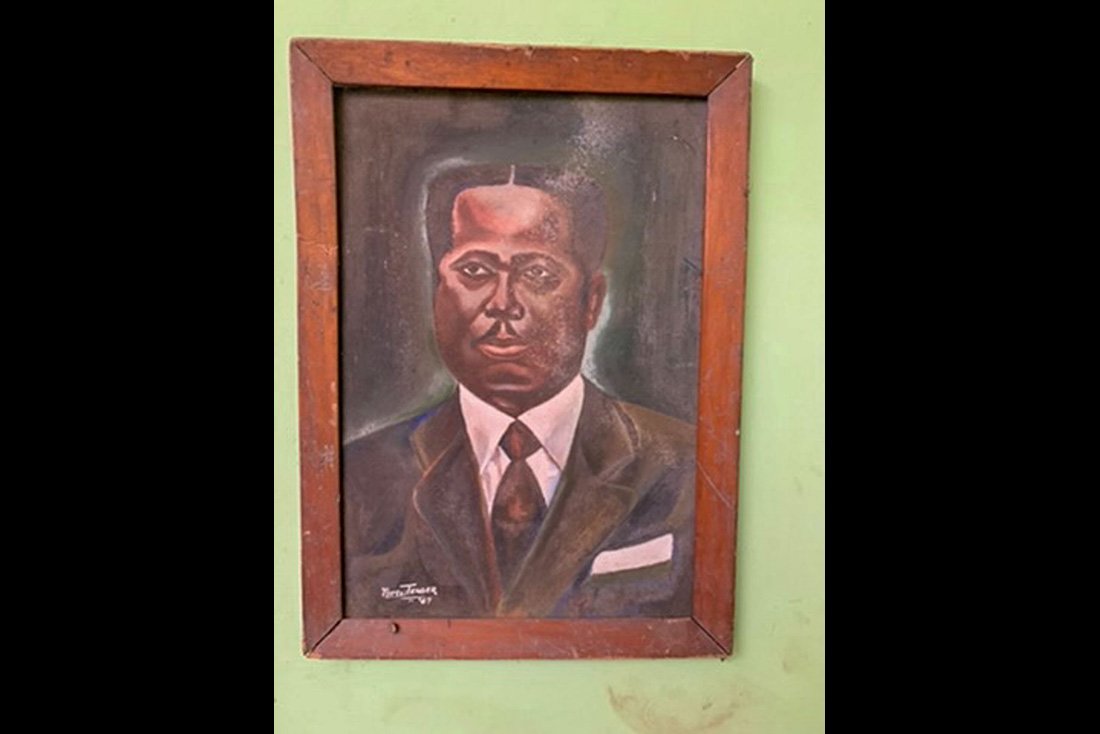
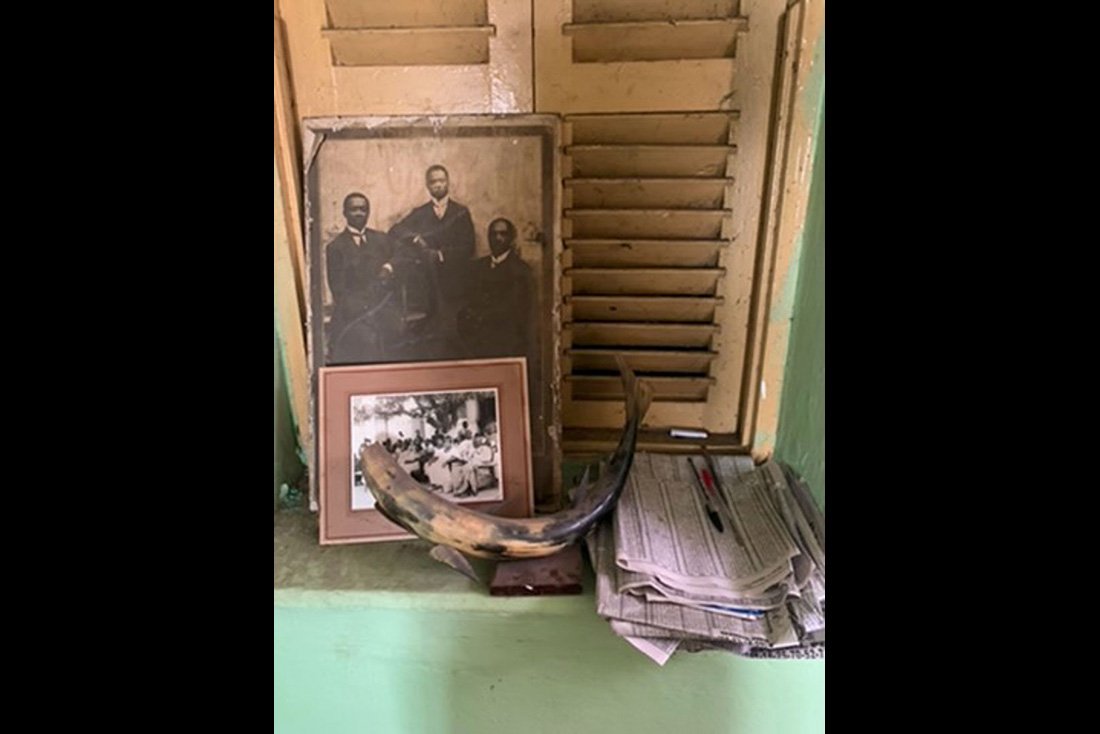

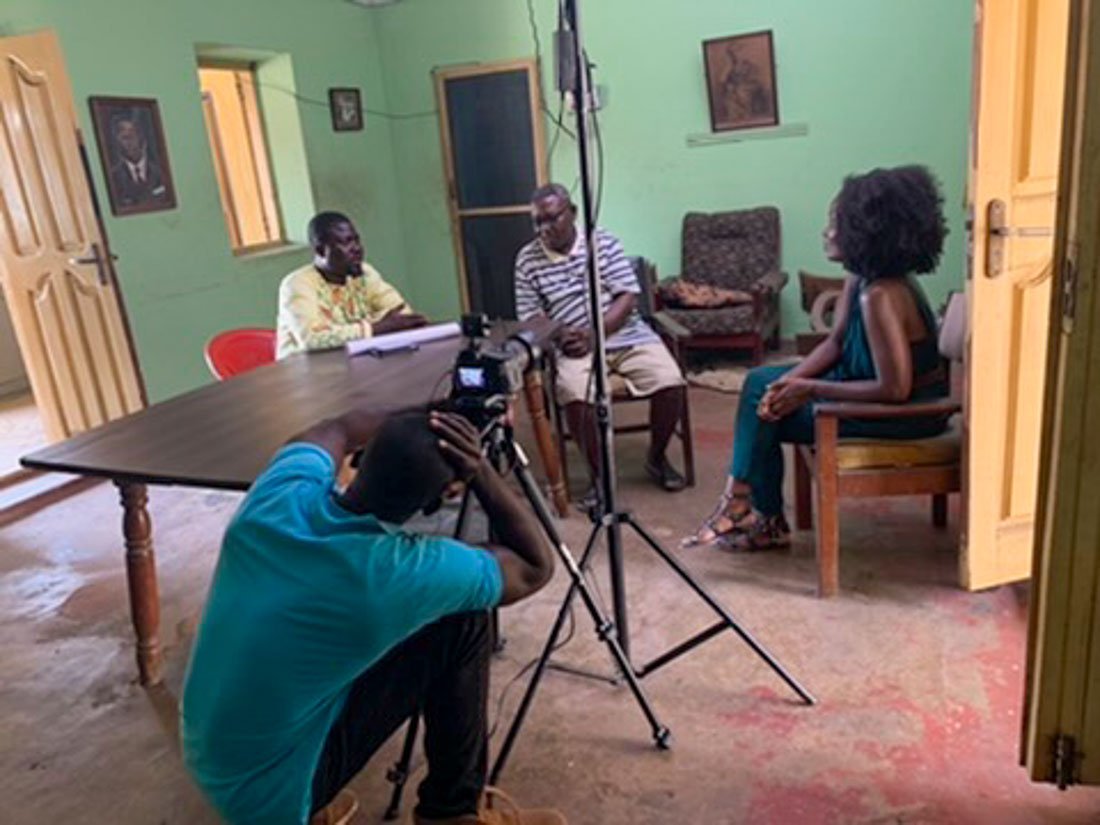


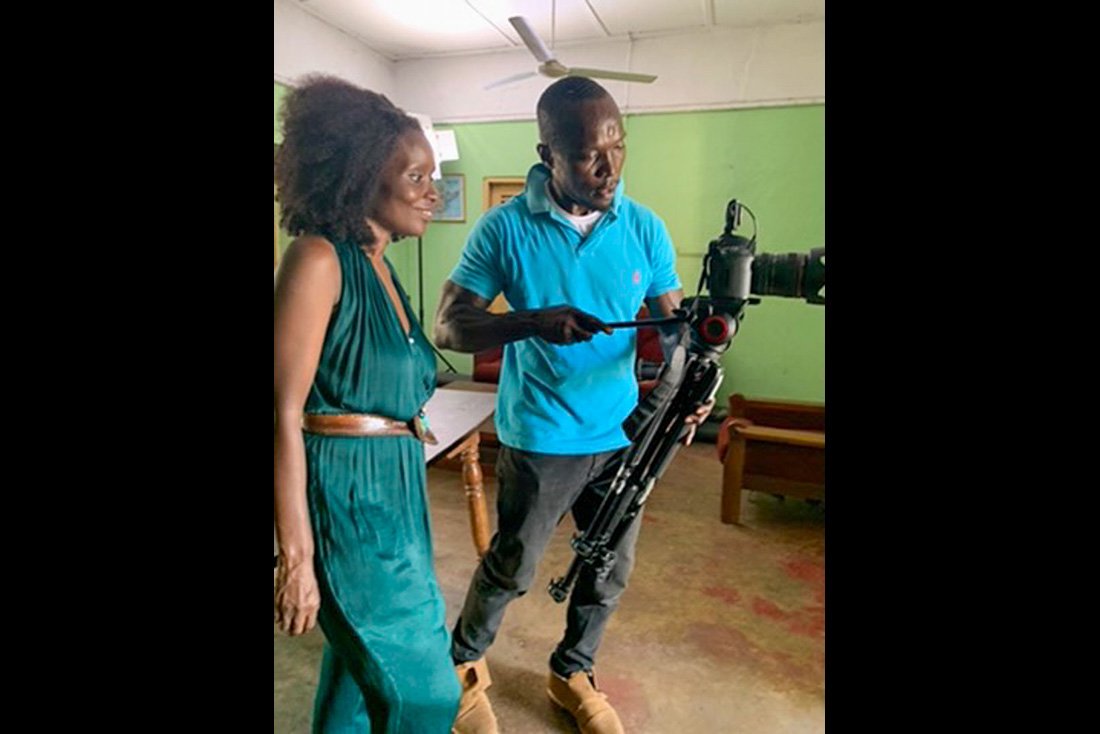
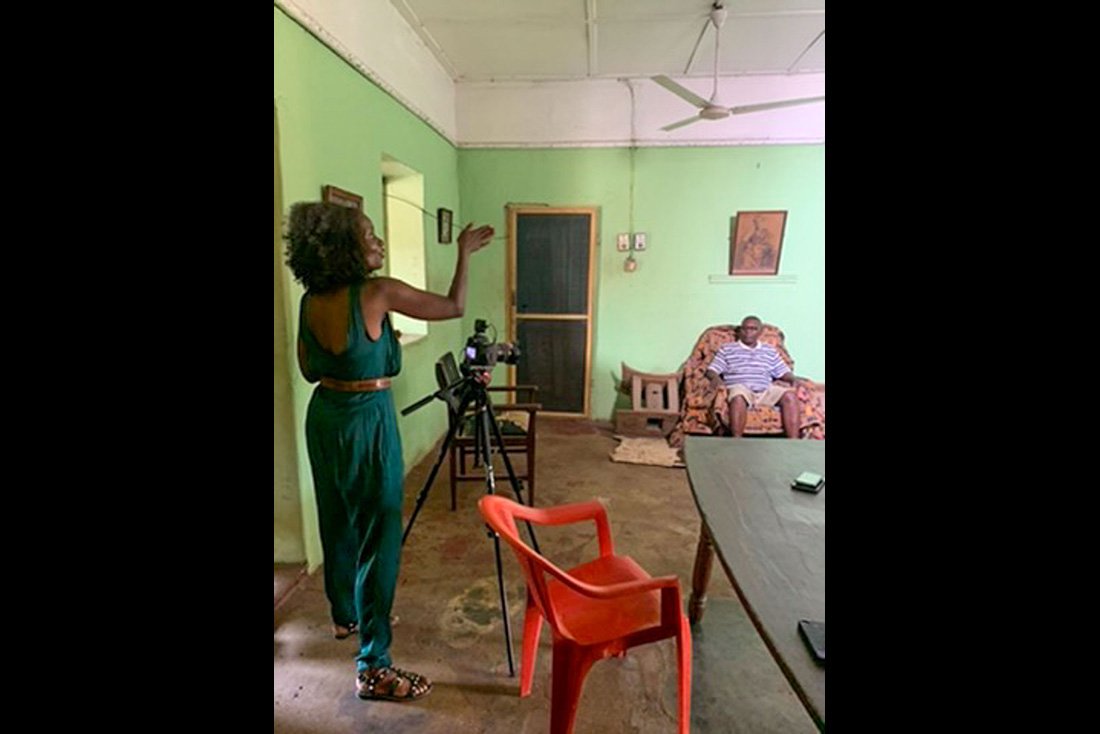
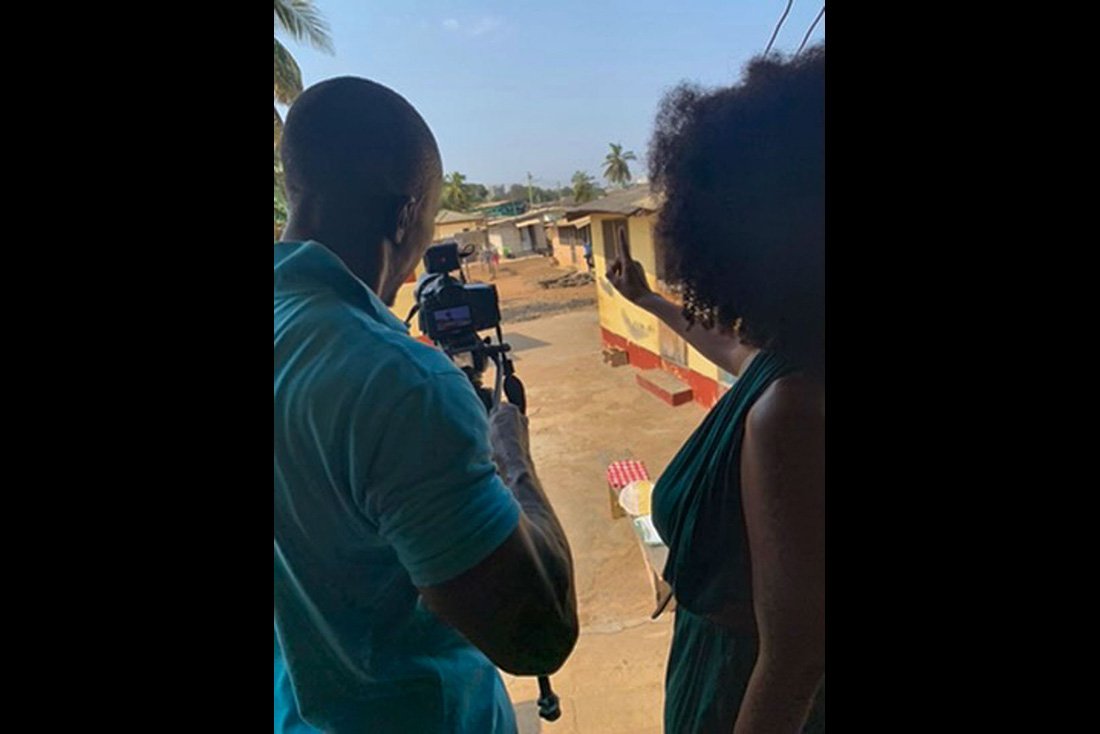
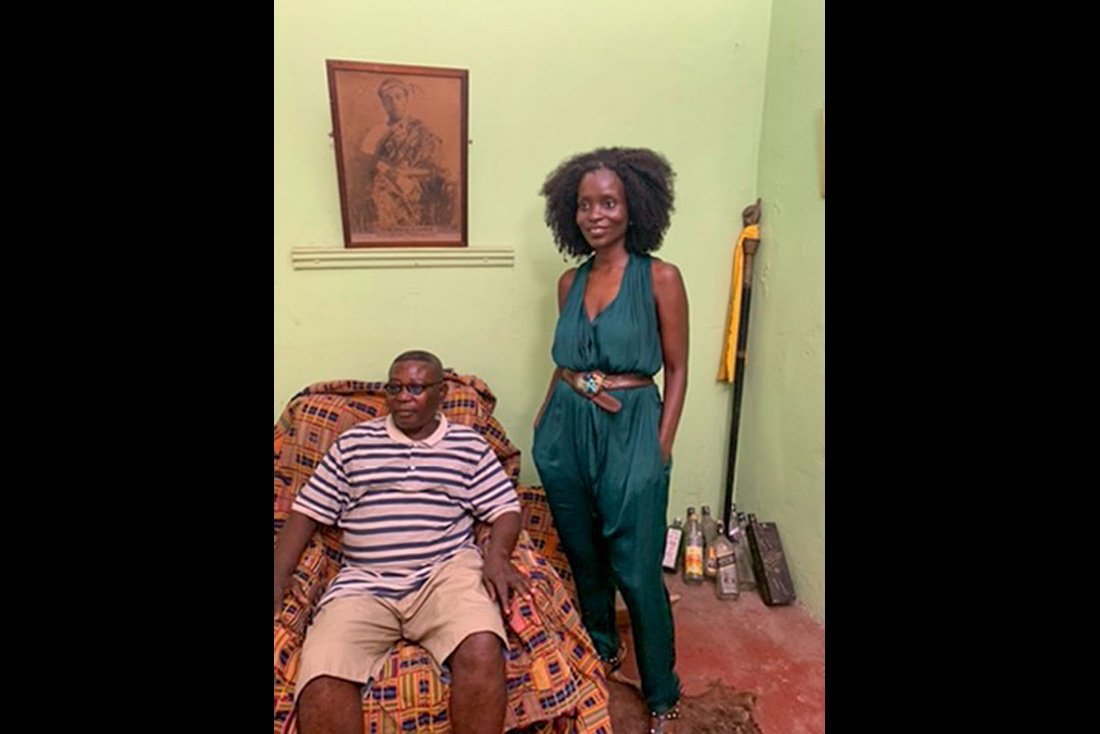
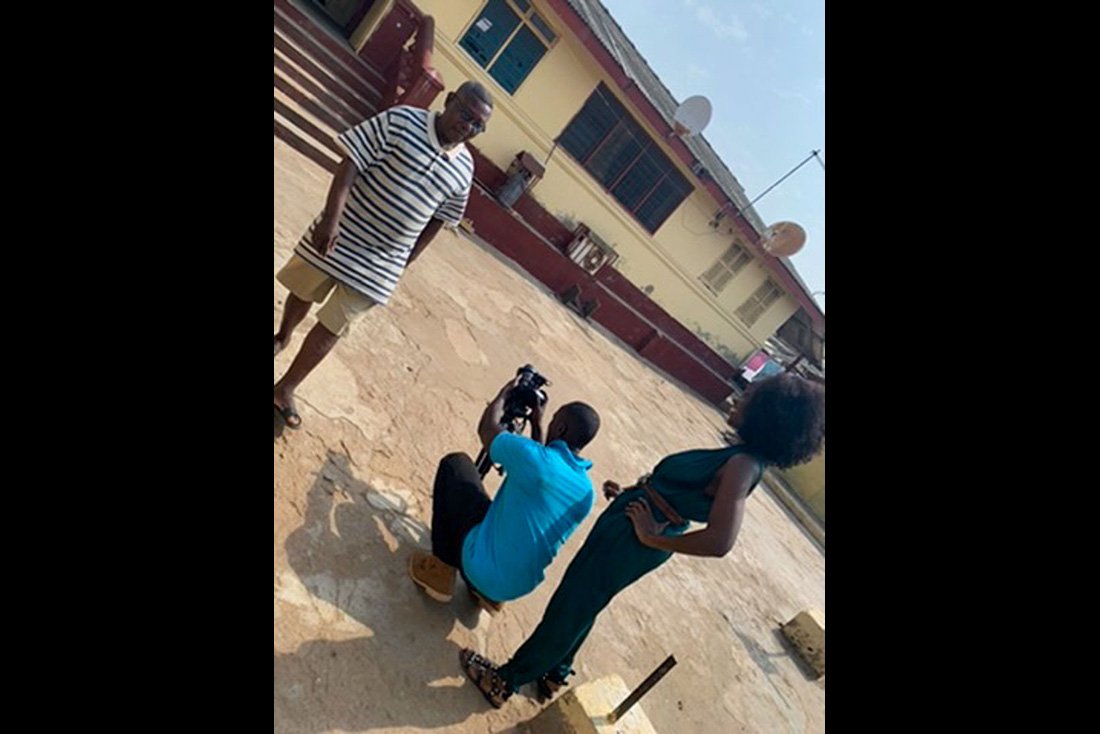
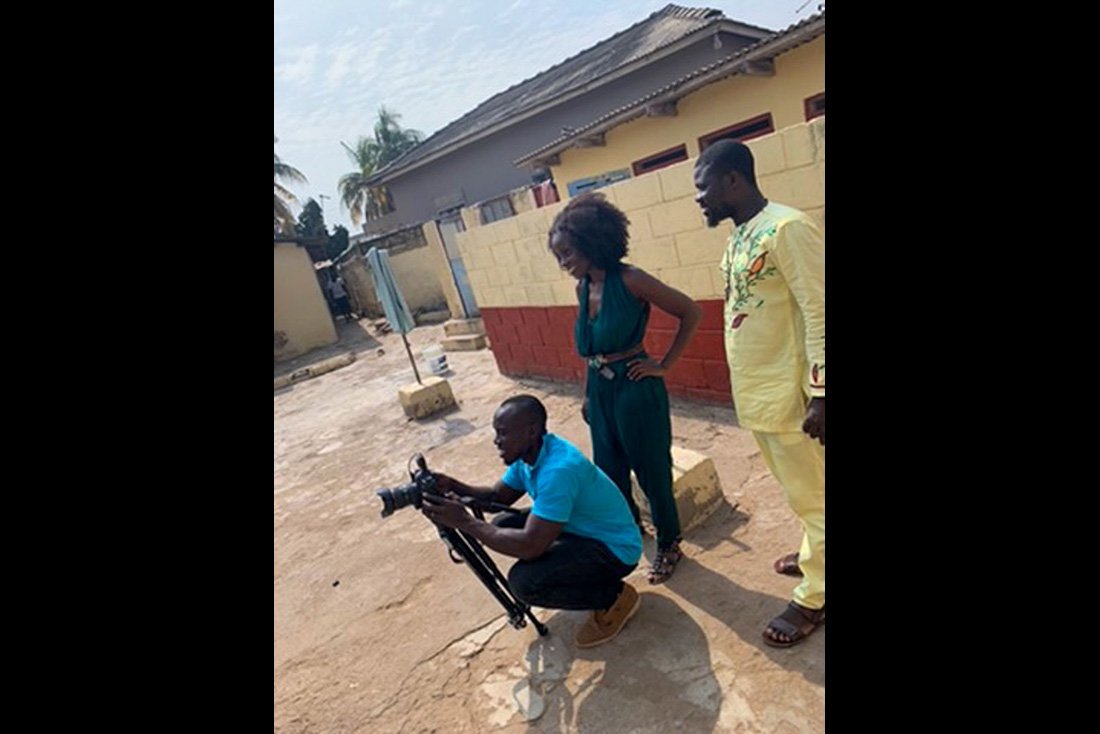
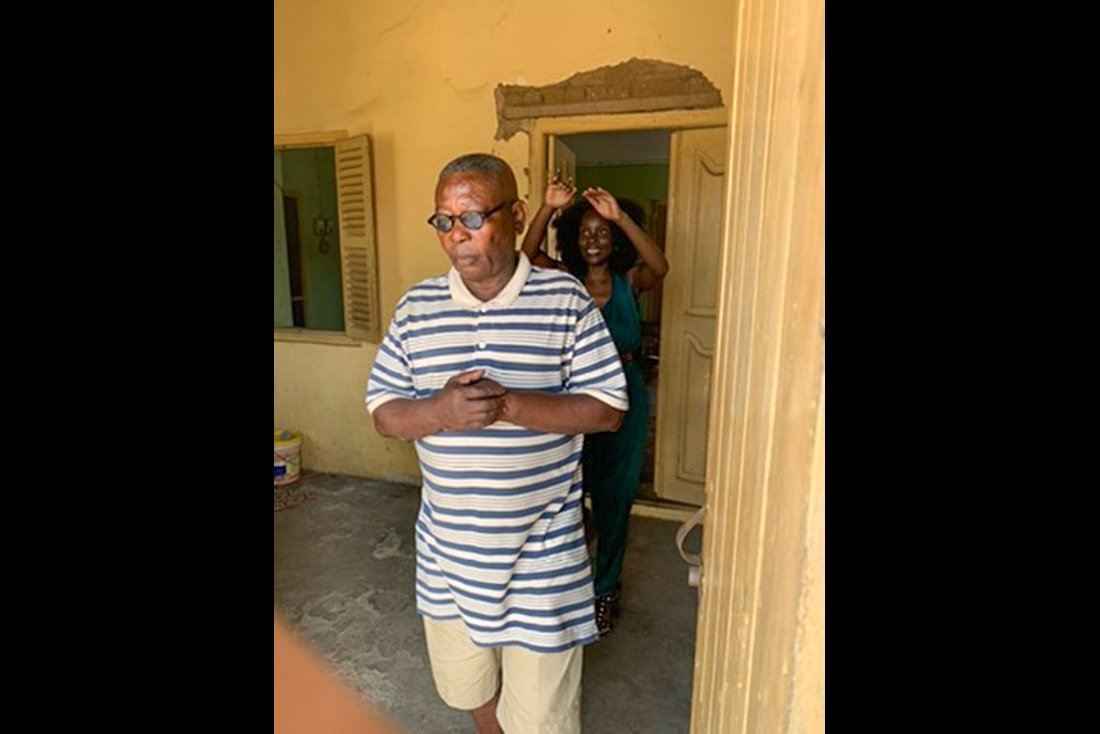
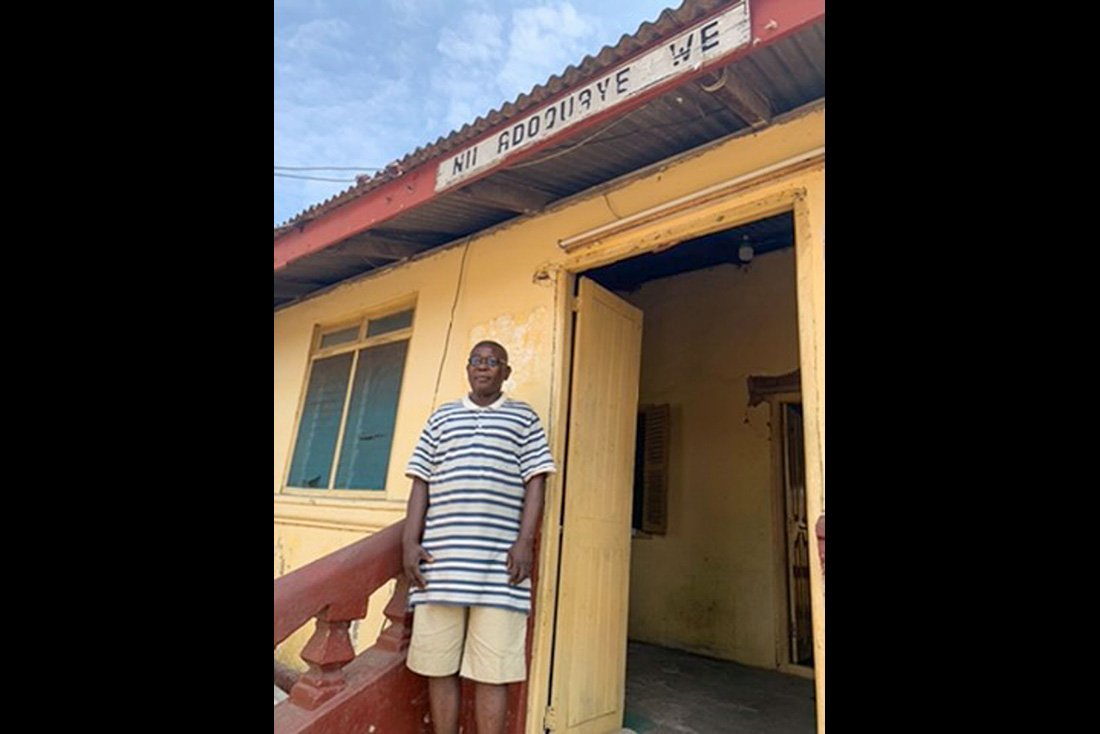
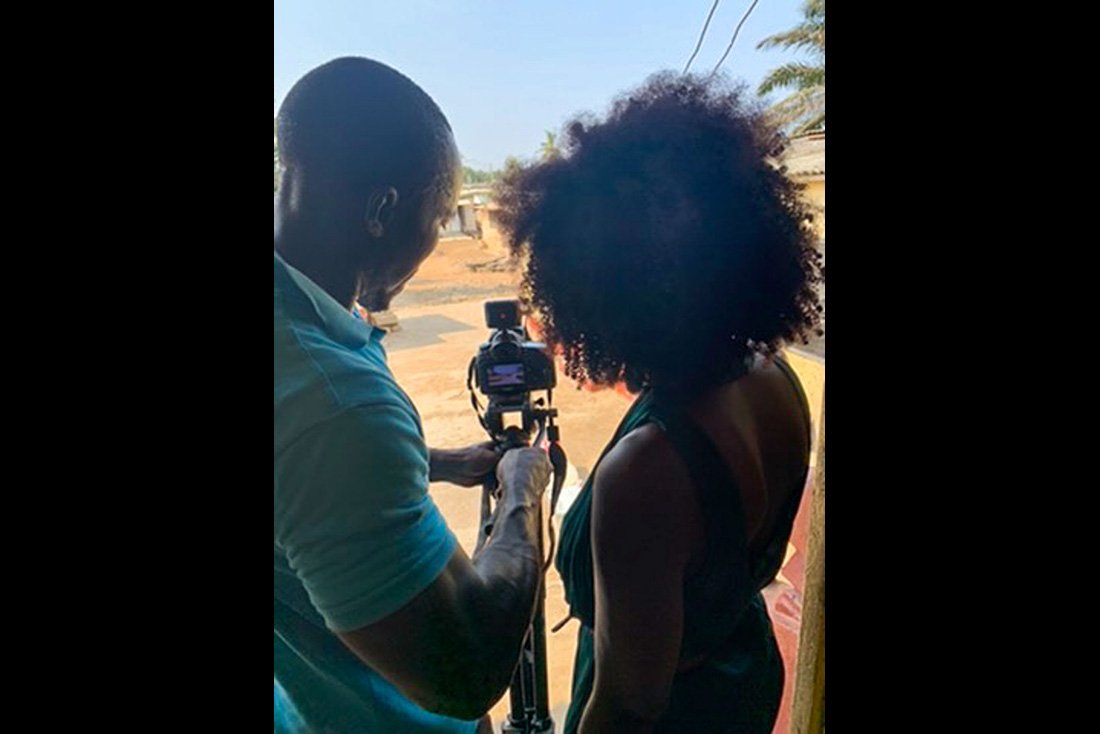


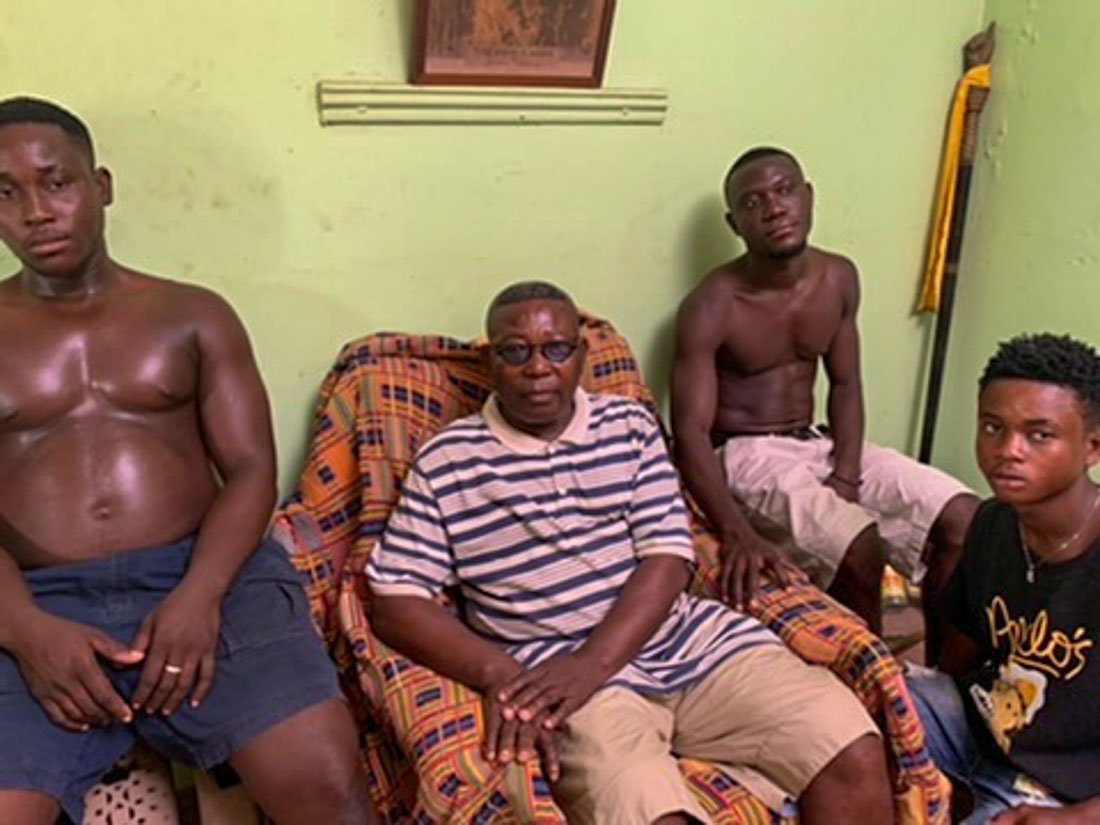

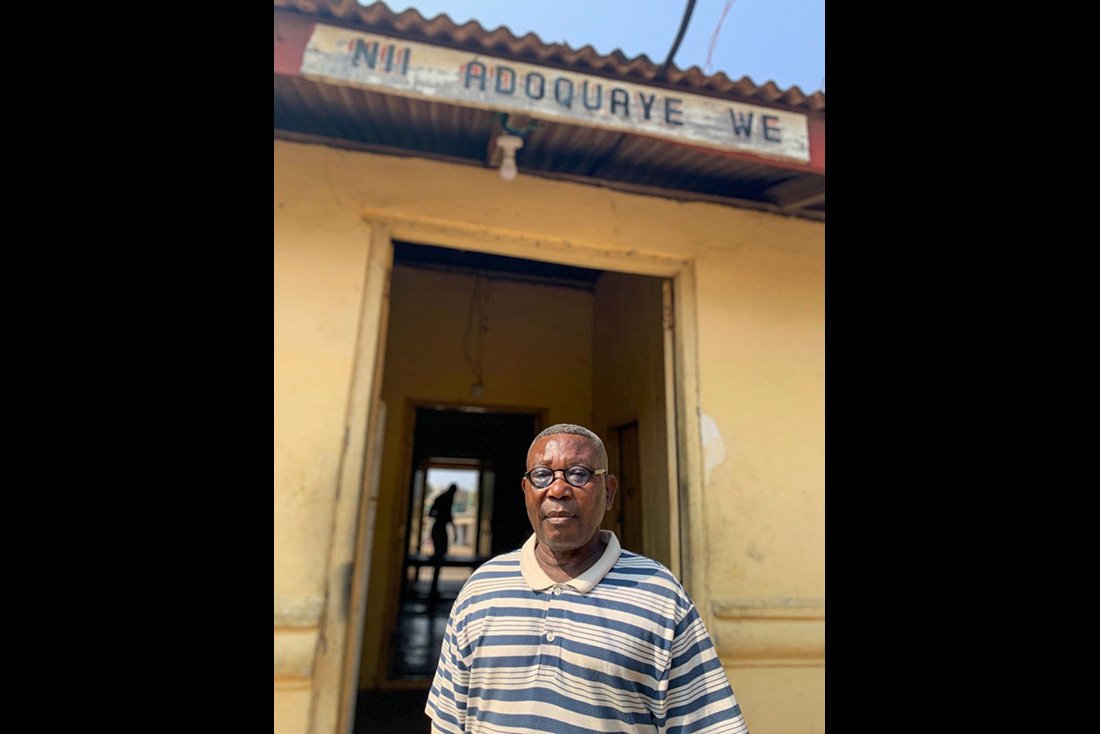

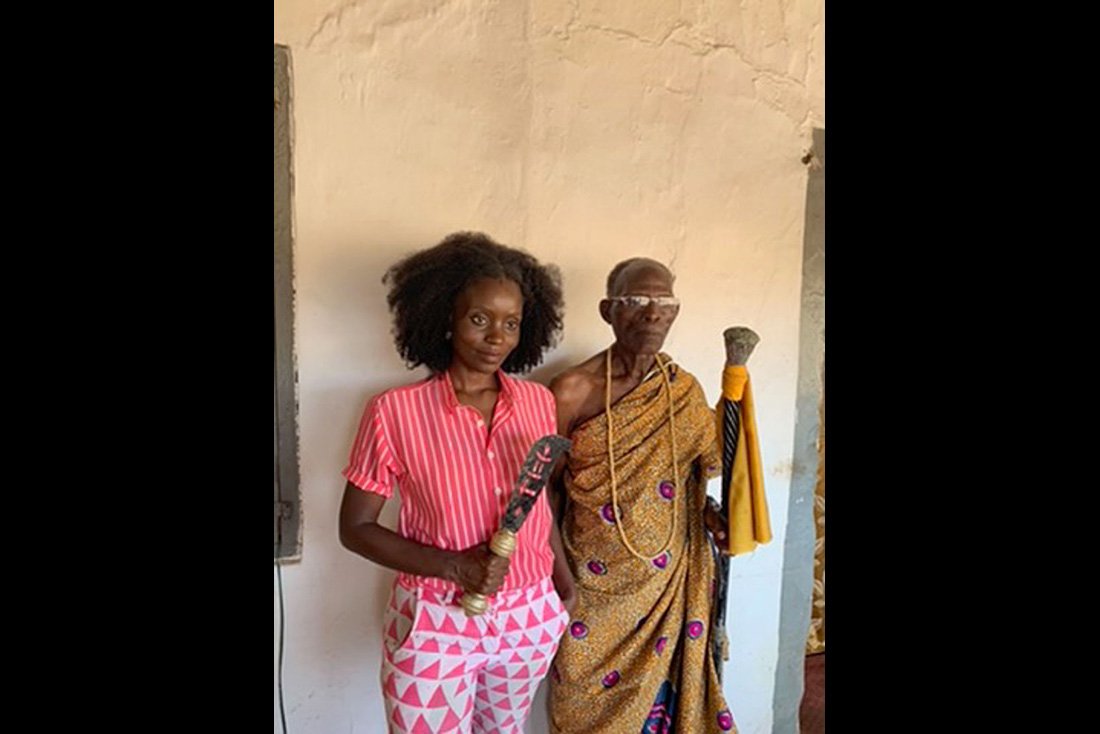
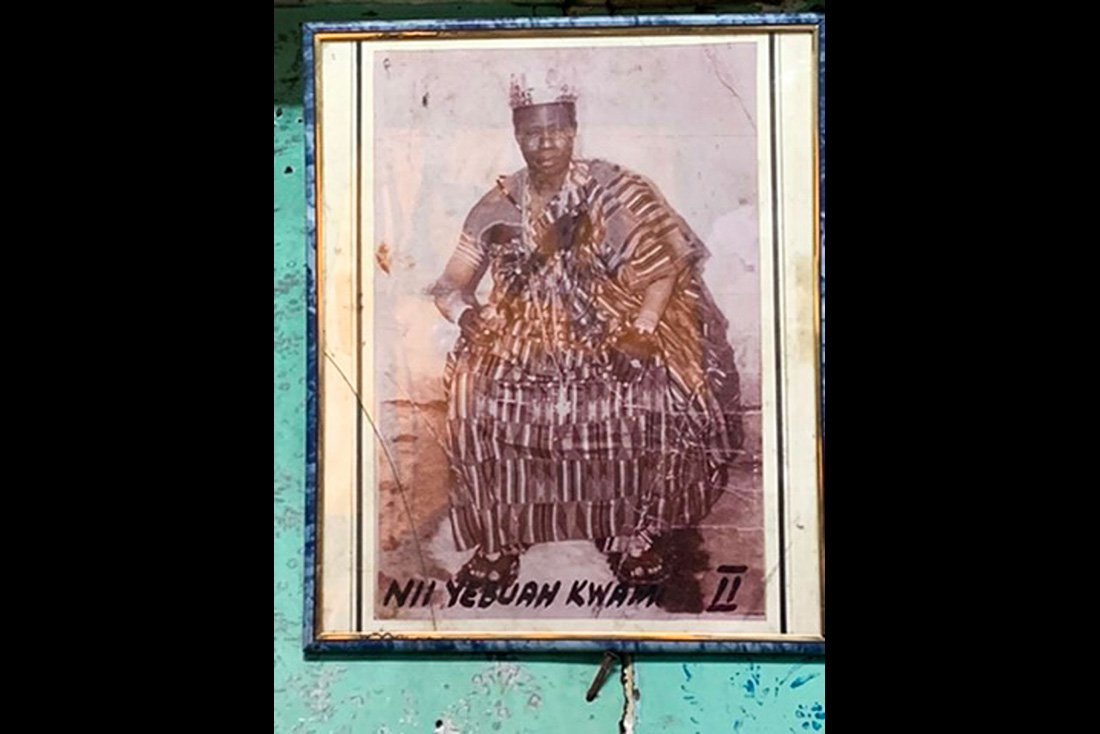
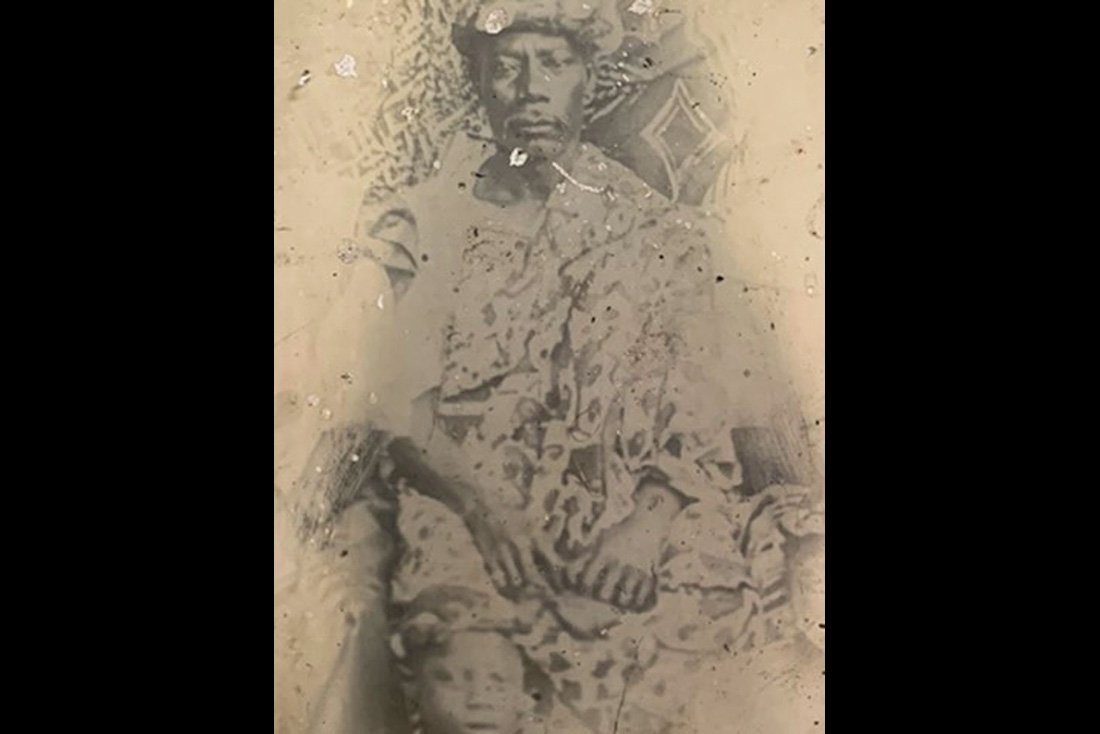
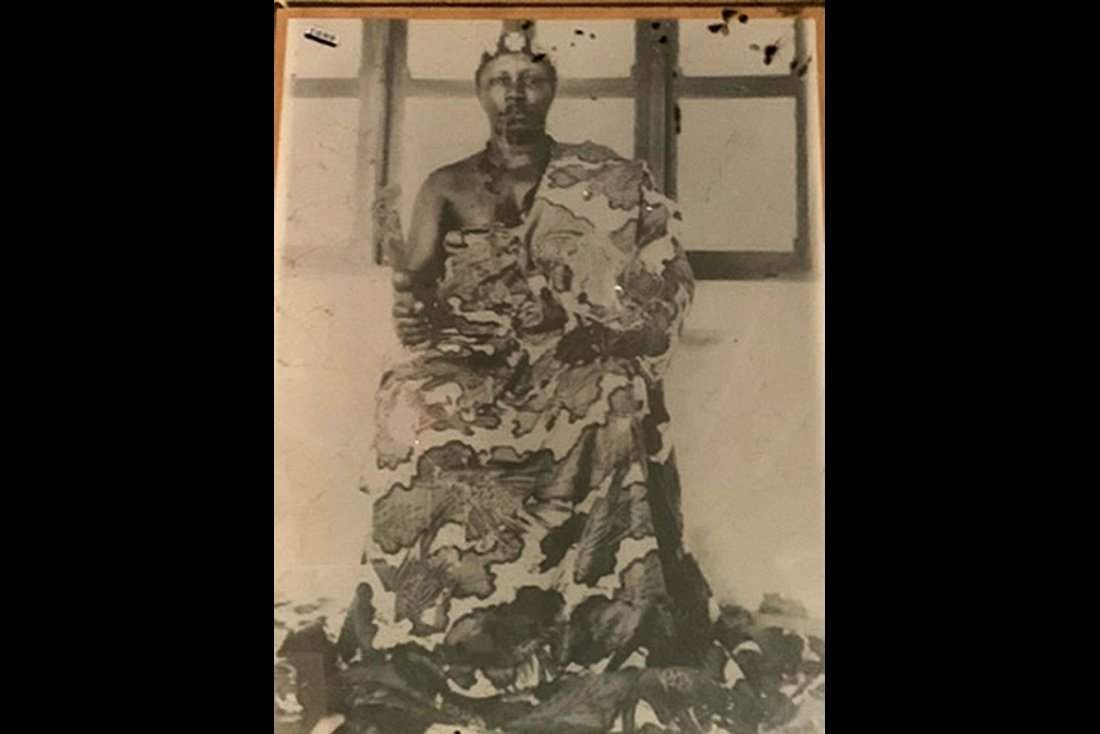


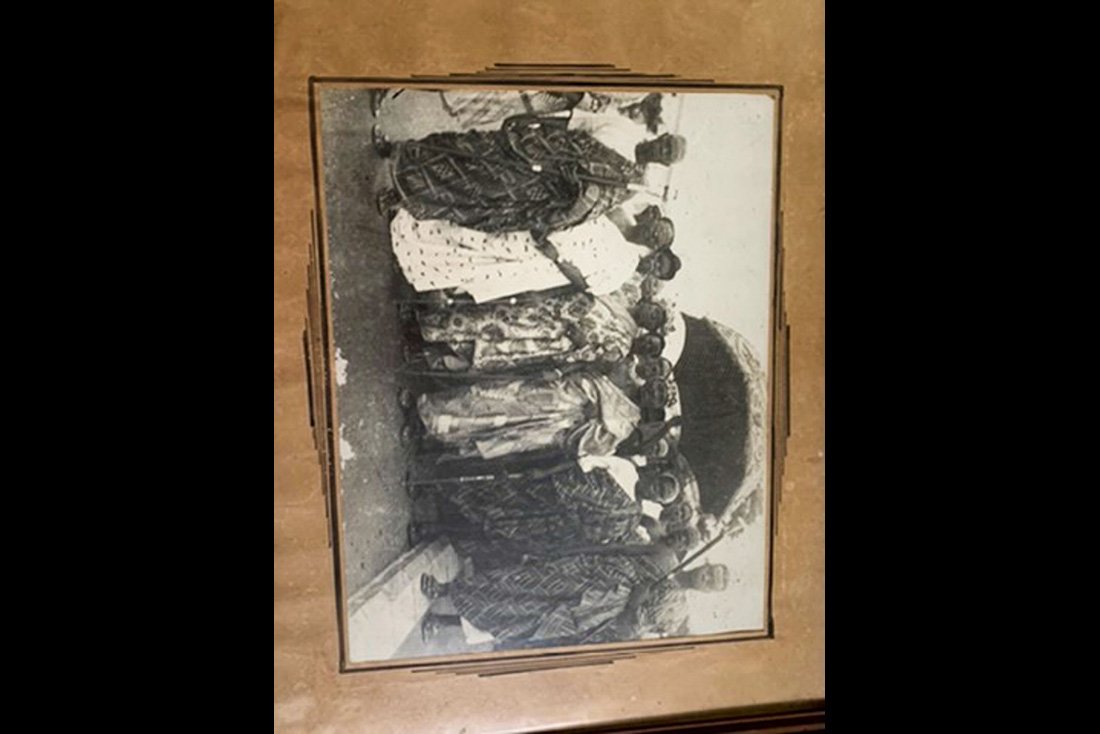

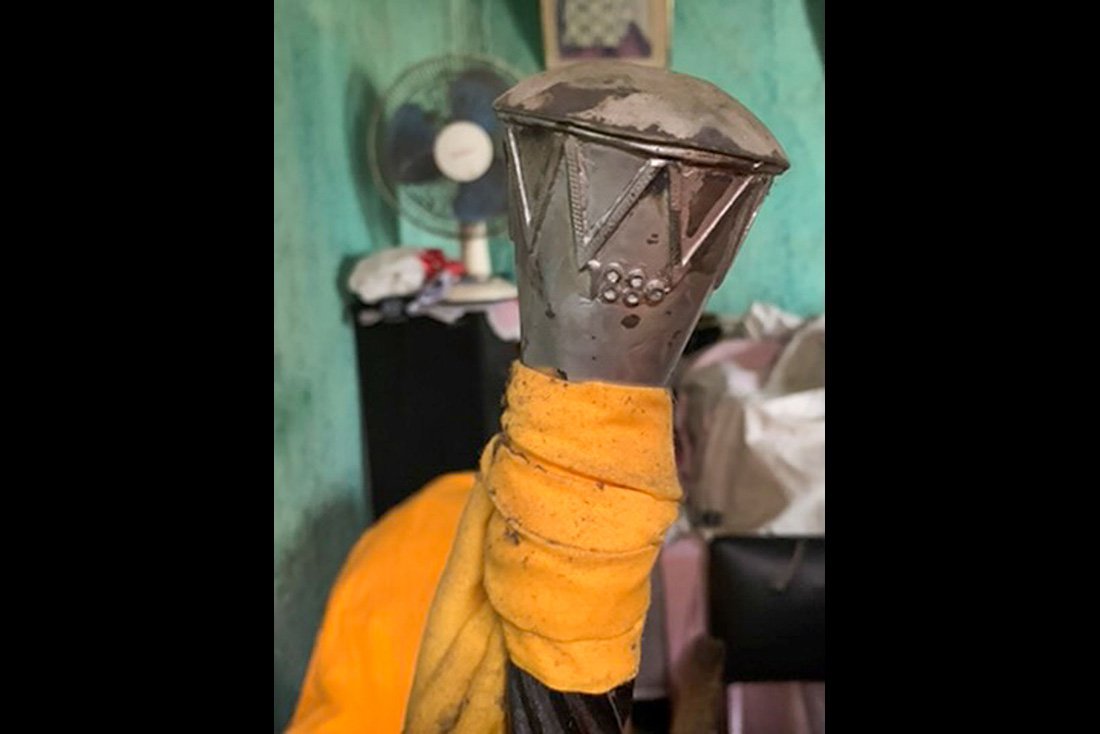
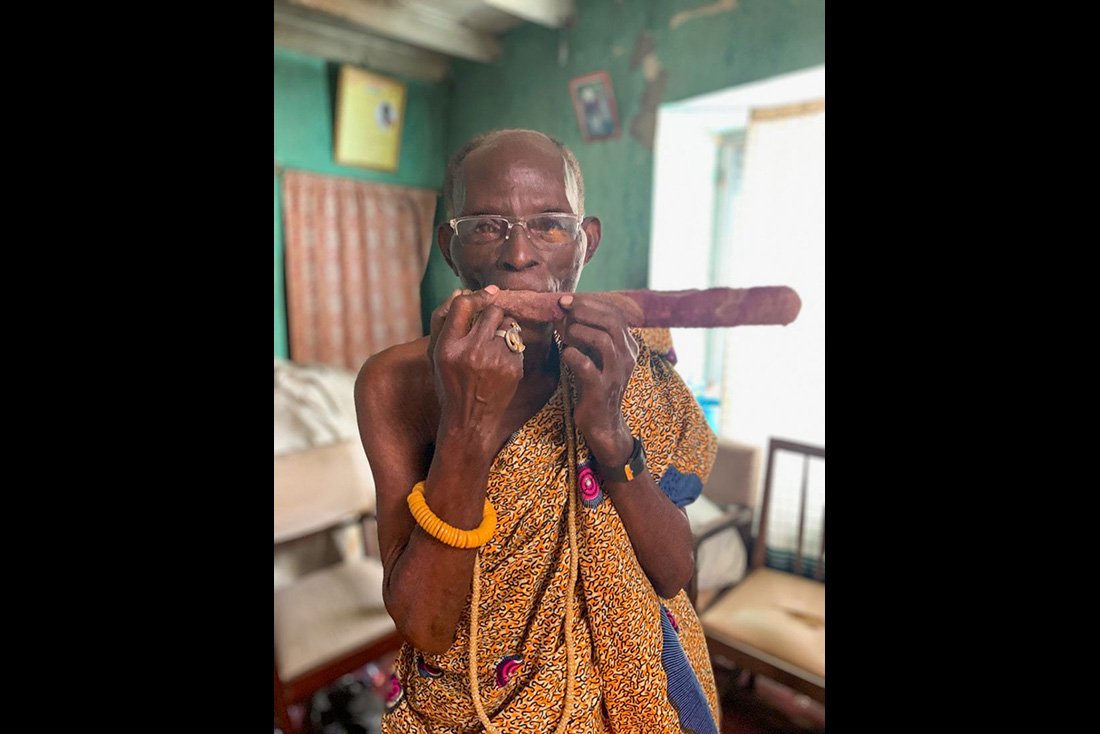
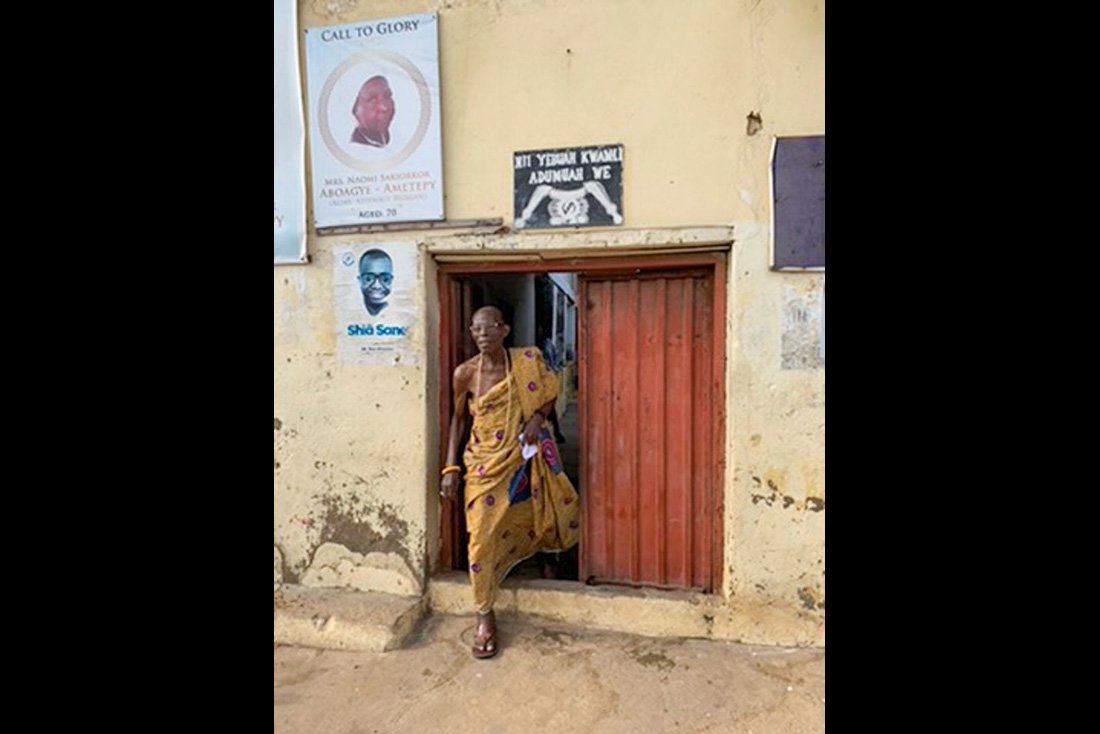

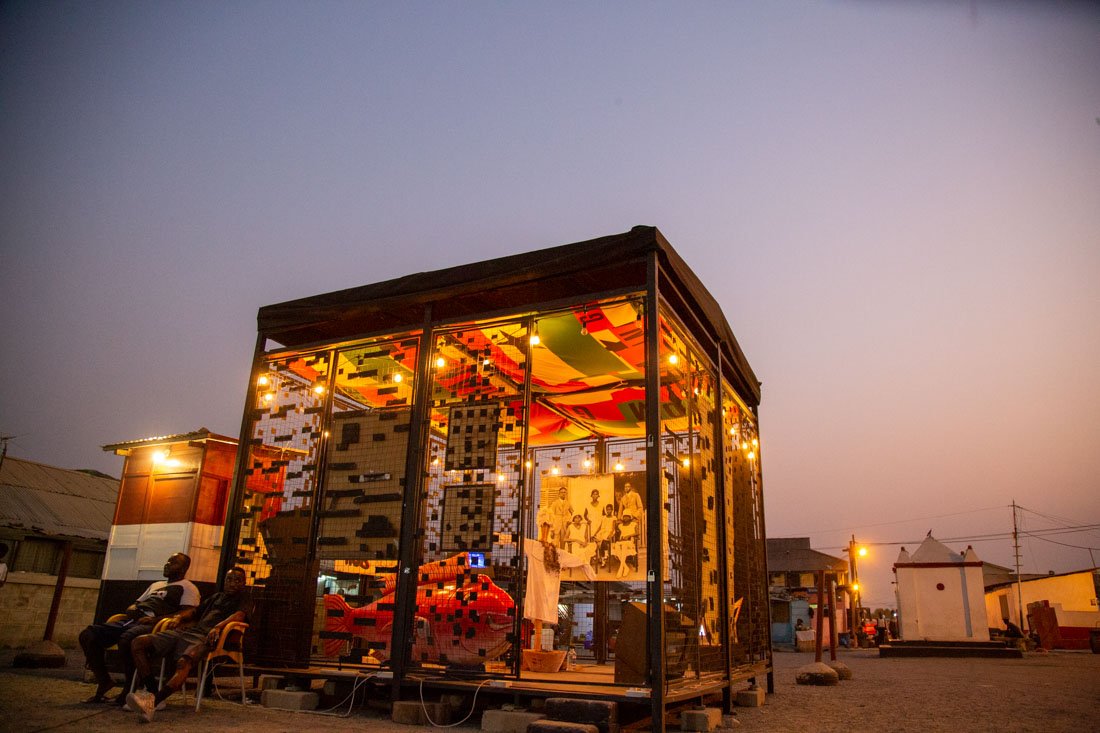



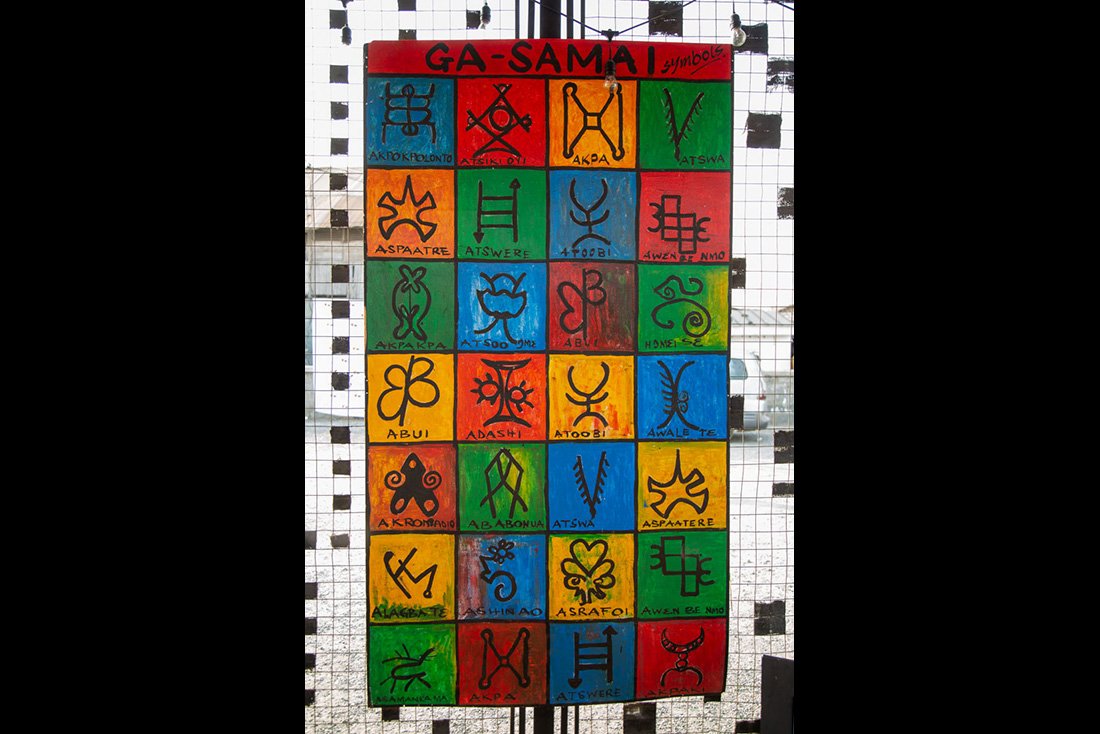


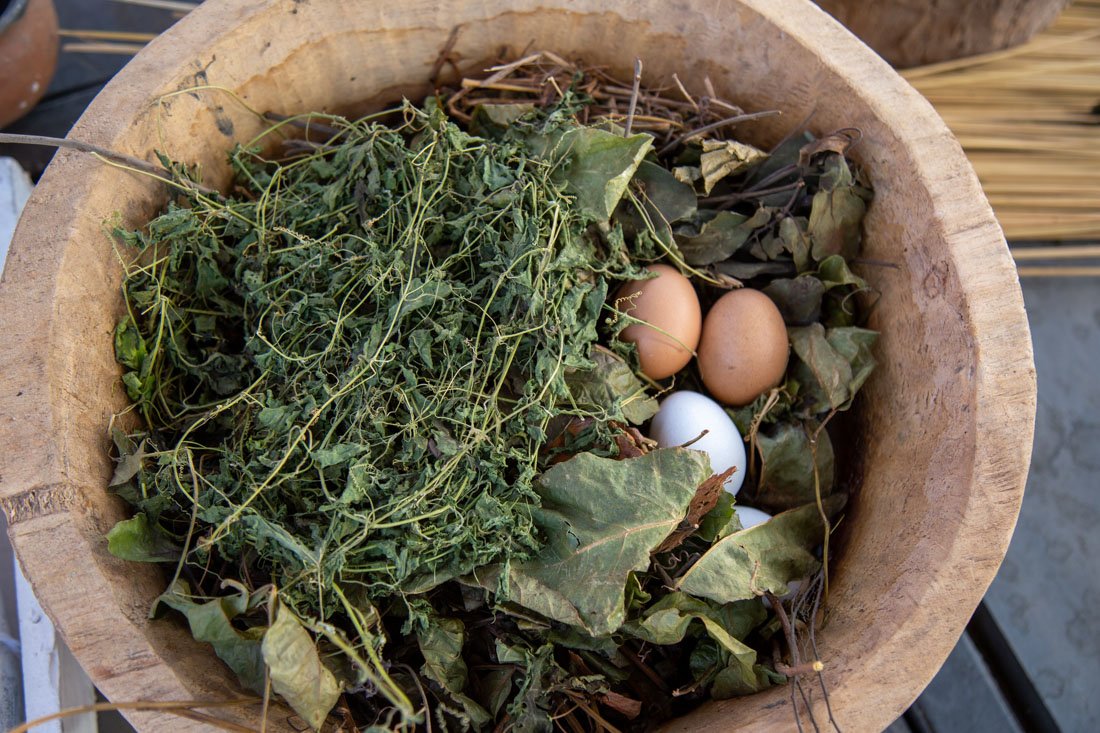
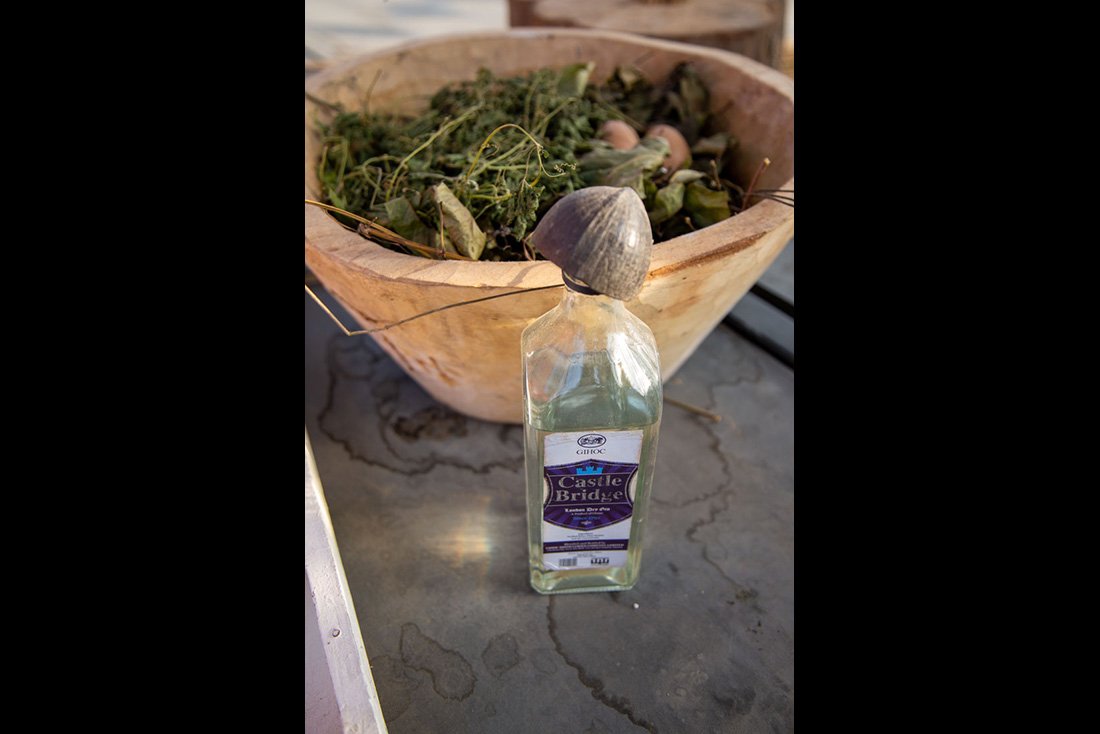
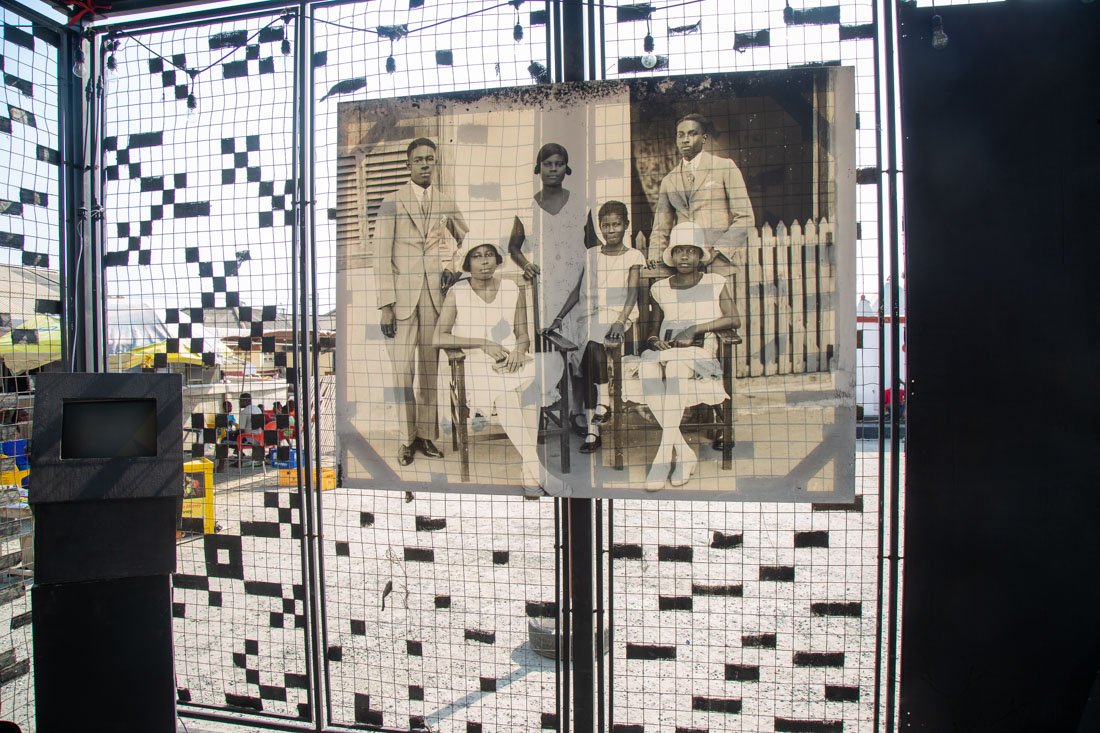
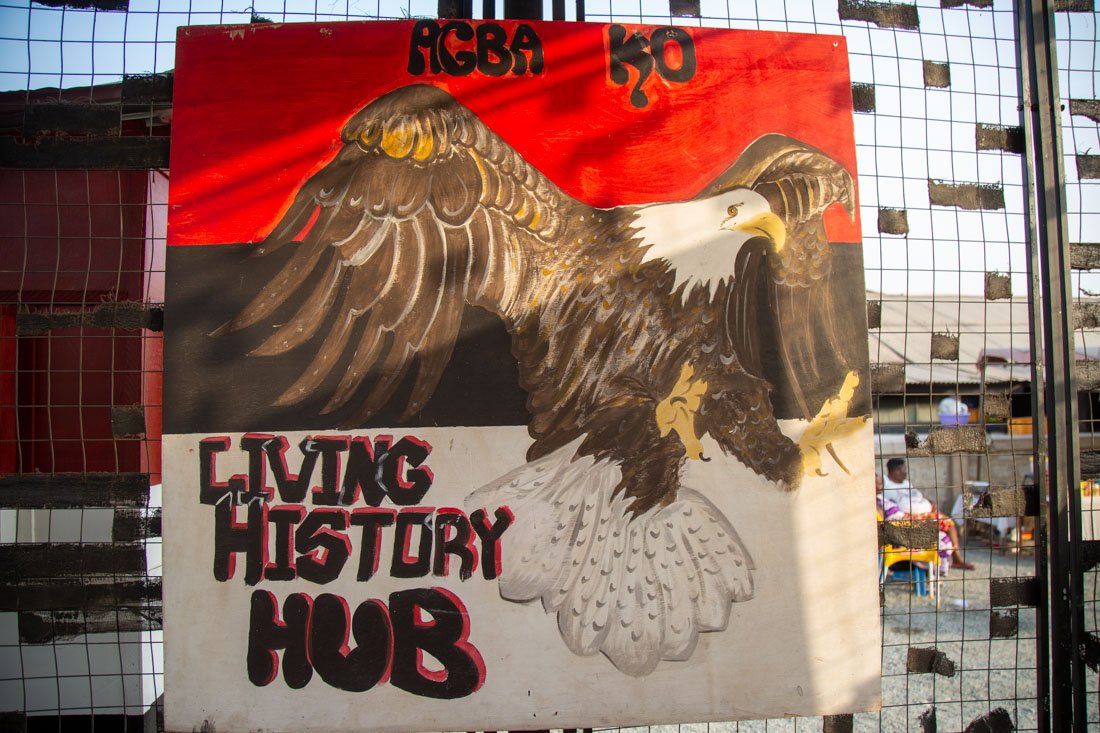
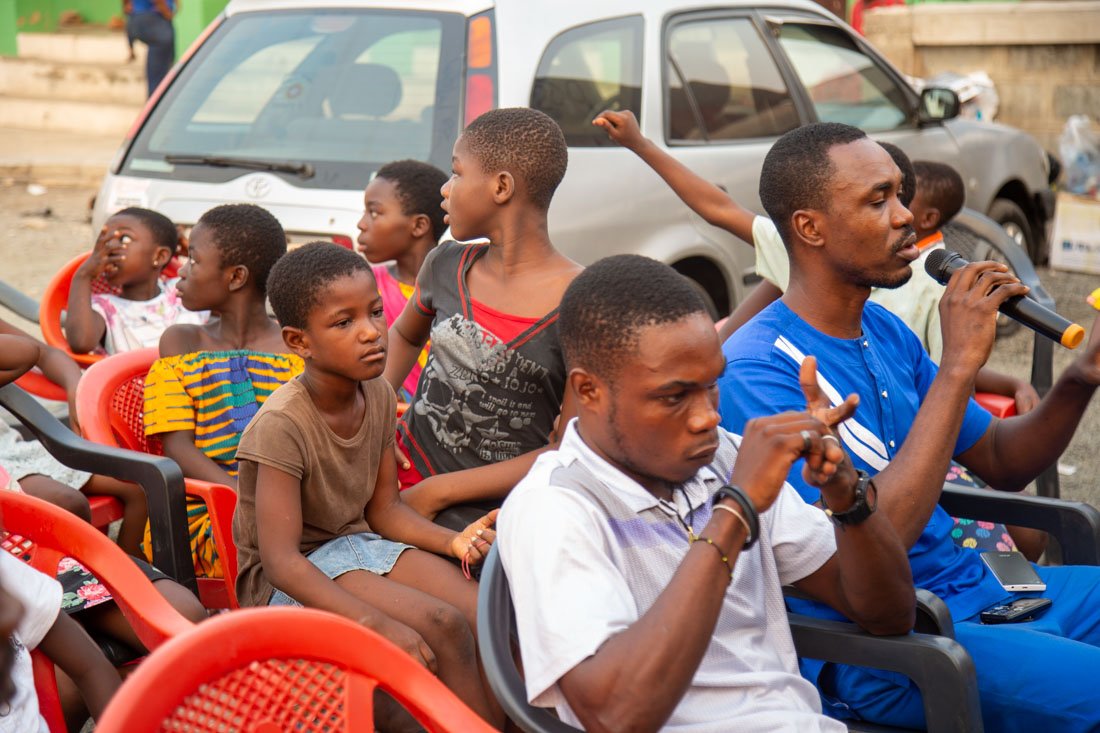

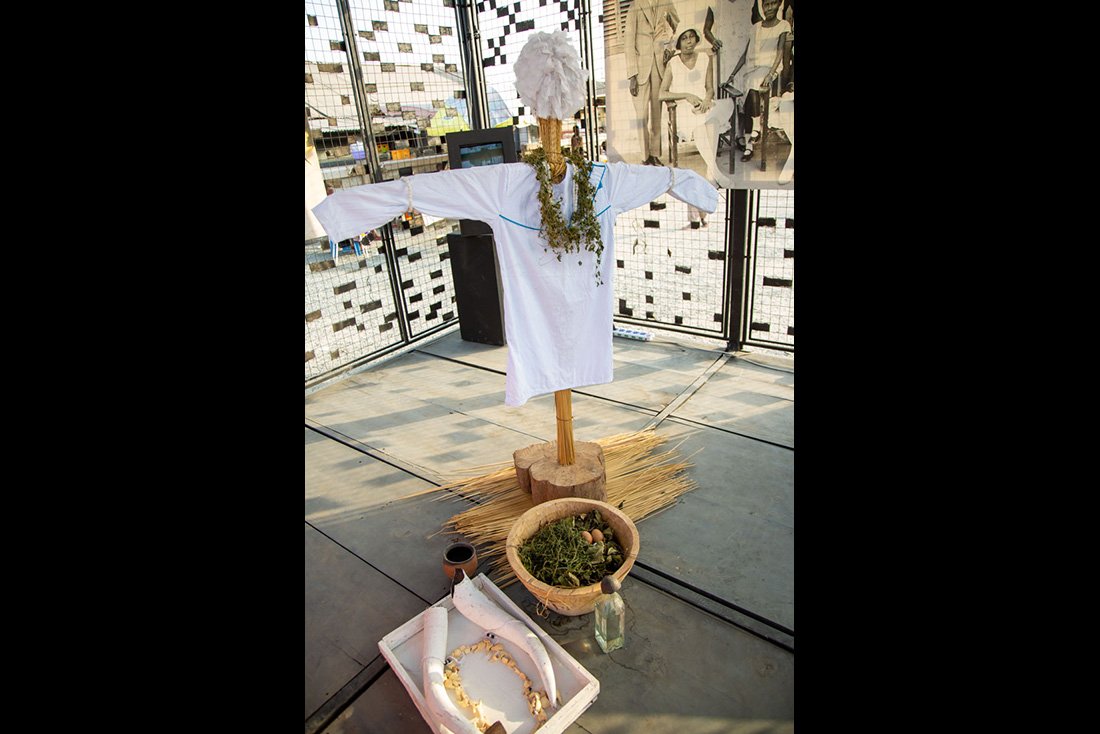









































































































Museums can be storehouses of knowledge, spaces we go in order to see ourselves represented, our histories retold, our present reflected, places we can go to help build our futures.
In Ghana, Afahye or festivals, like the Homowo, Odwira, Hogbetsotso and the Damba, are where historically cultural knowledge is passed on, where people come together and exchange, and collective identities are forged. And yet none of this dynamism is apparent in the museums we have across the country. Instead our museums were built on imperial Western models, which are themselves going through a period of crisis.
We created a Mobile Museum made up of objects, photographs, paintings, films, and oral histories collected from each region and exhibited in those regions; as well as a series of workshops and discussions.




In its research, ANO has been drawing on knowledge keepers who have said that historically we had knowledge systems rather than religions, and that the aim of these systems was Ani bue or Hiŋmɛigblemɔ, the opening of the eye, or enlightenment. Each Mobile Museum will look at the culture and knowledge systems of each region, how we historically understood the world around us, how this has changed today, and how we might build on this for the future.
The Accra Mobile Museum explored and celebrated Ga culture, or lɛɛ. It encompassed a sculpture of a Wulomei, mediums through whom wisdom was passed down, by Kwasi Darko, as well as items, such as Nyanyara, a plant with medicinal and anti-bacterial properties that was used for purification, collected by Samoa.
It also includes a painting of the Ga Samai by Samoa, the Ga symbols, we are all familiar with the Adinkra symbols, but other ethnic groups have symbols just as important that depict proverbs and philosophical sayings.

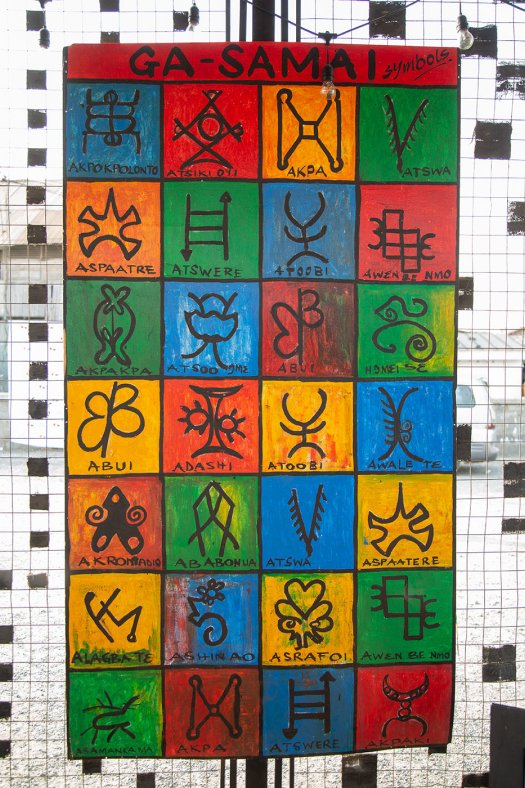
Another painting by Albert Mills depicts an eagle, a symbol of the Asere people, one of the seven clans of the Ga, where animal symbolism represents the strengths of the various clans. We also have a crab necklace also worn by the Asere people, as well as buffalo horns used to represent twins at the annual twin festival.
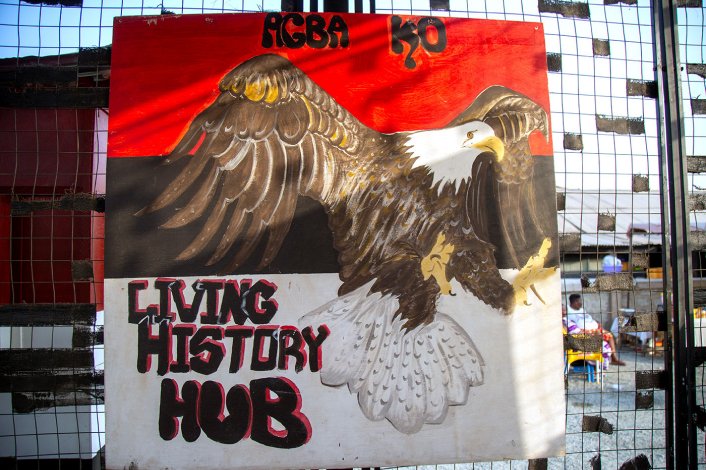
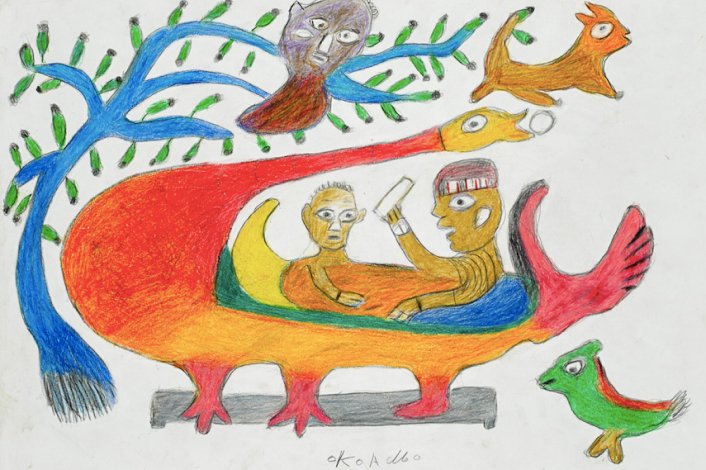
Some of these animals are also depicted in the fantasy coffin of a fish by Eric Kpapko who took on the tradition from Paa Joe and Kane Kwei before him; and in the paintings of Ataa Oko, another of the renowned Ga fantasy coffin makers who started life as a fisherman.
Fishing of course has always been at the very heart of Ga commerce and culture and photographs by Jessica Sarkodie depict fishing communities and the Jamestown lighthouse.
Former mayor and architectural historian, Nat Nuno Amartefeio speaks in his oral history about how the architecture of the city Accra emerged out the needs of each era. There is a large photograph of his mother and her siblings taken in the 1920s by I.K. Bruce Vanderpuije who was owner of what is now Ghana’s oldest serving photography studio, which has documented the changing city for the last hundred years.
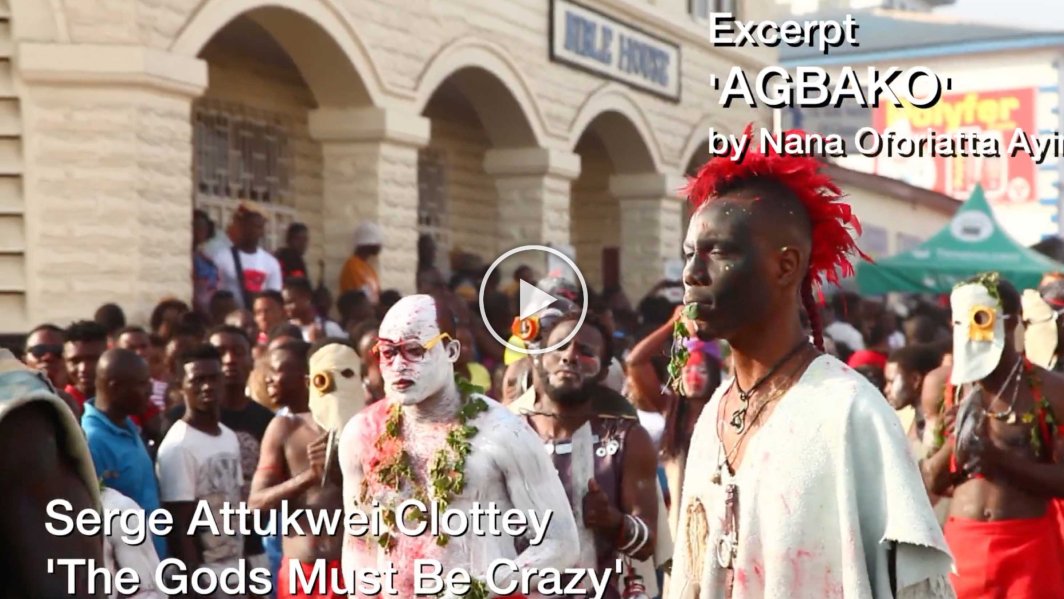
Agbako Lacma, 2015
27 minutes
Each object, painting and photograph is accompanied by a film made by Nana Oforiatta Ayim, where subjects speak about the meanings behind them.
There was a series of dance, drawing, design and history workshops; as well as a discussion on some of the challenges of the community, and potential action plans for their resolution.
We asked people across the city what objects and pieces were of cultural value them, and what narratives went along with these, in order to expand the notion of what we know of as a museum, its ownership and curation.



